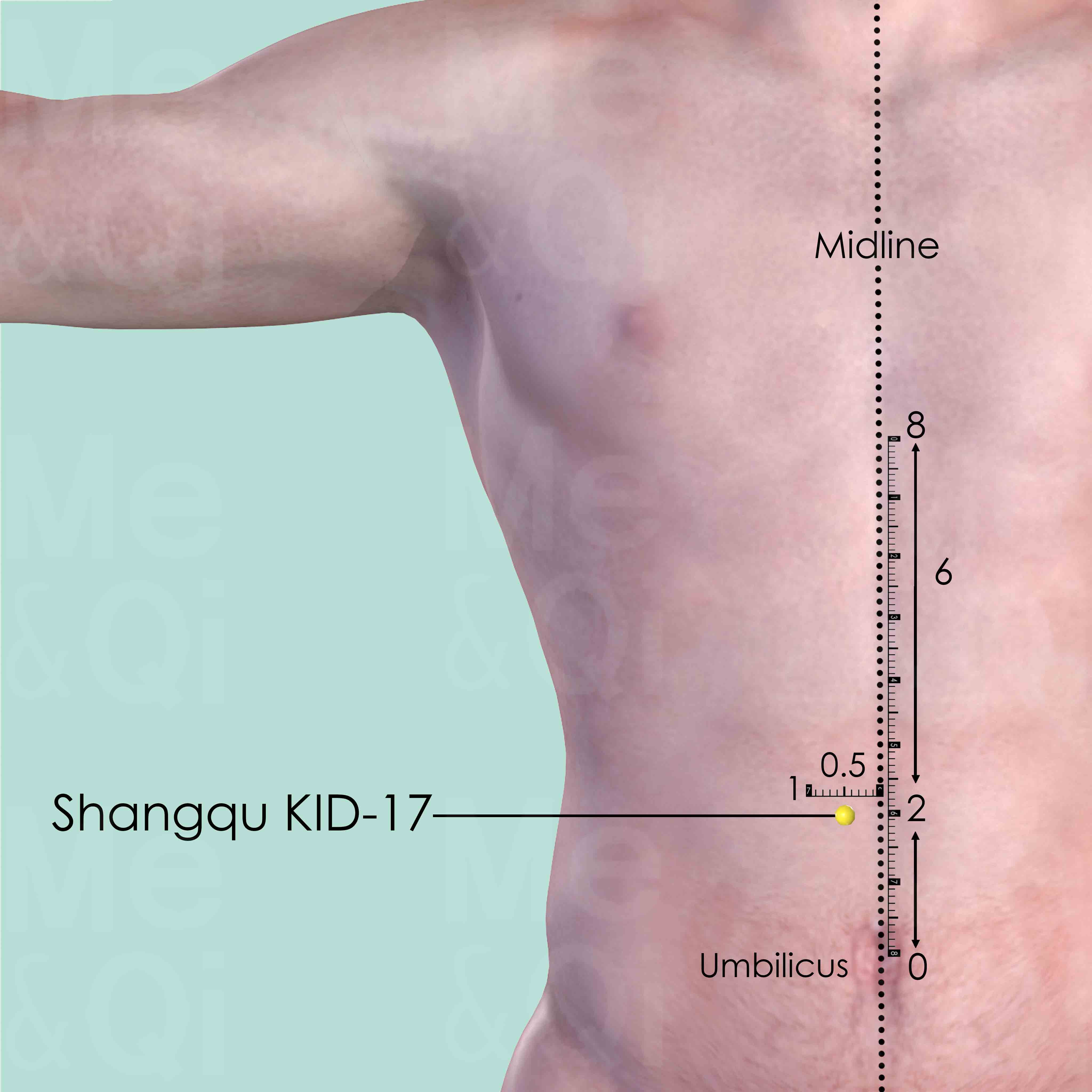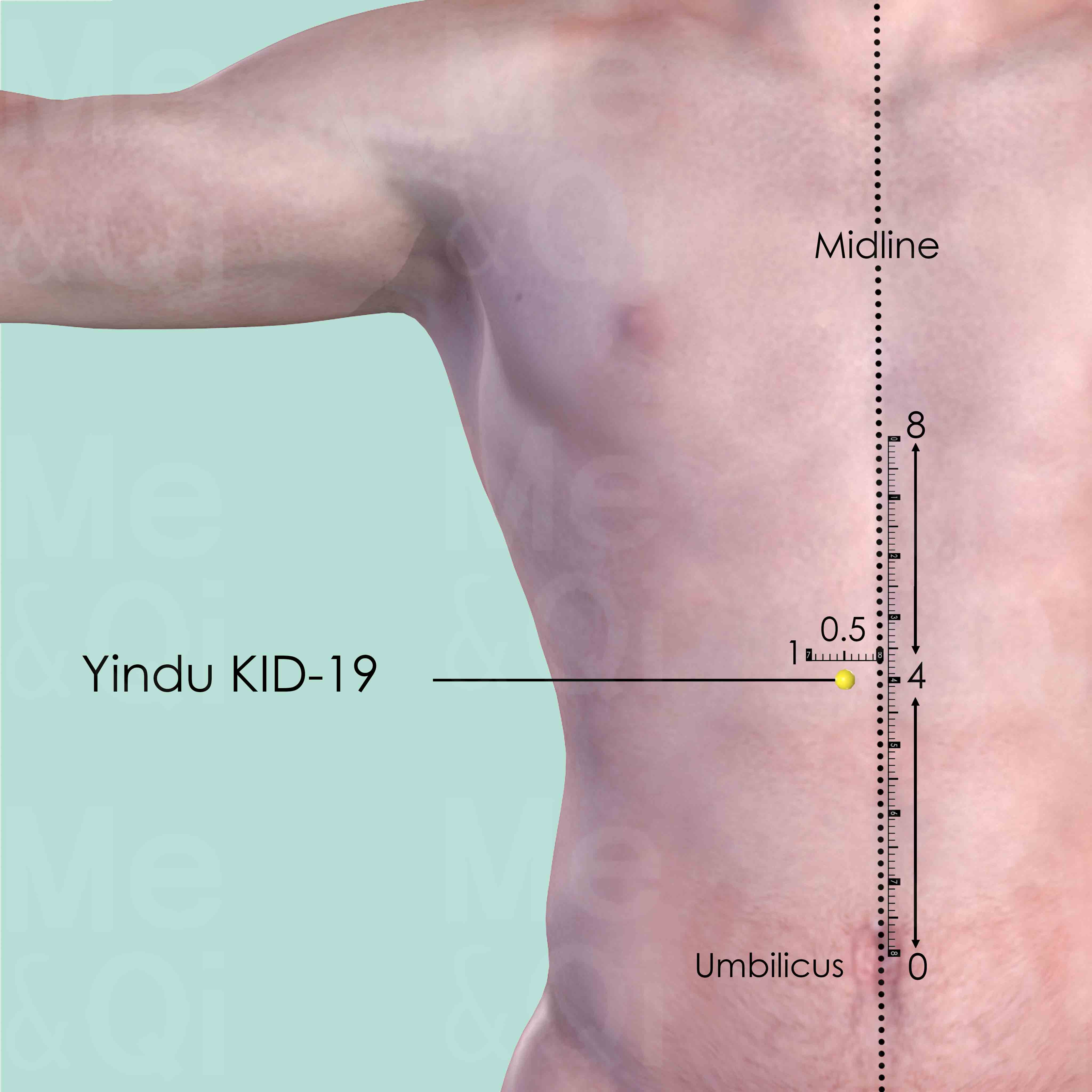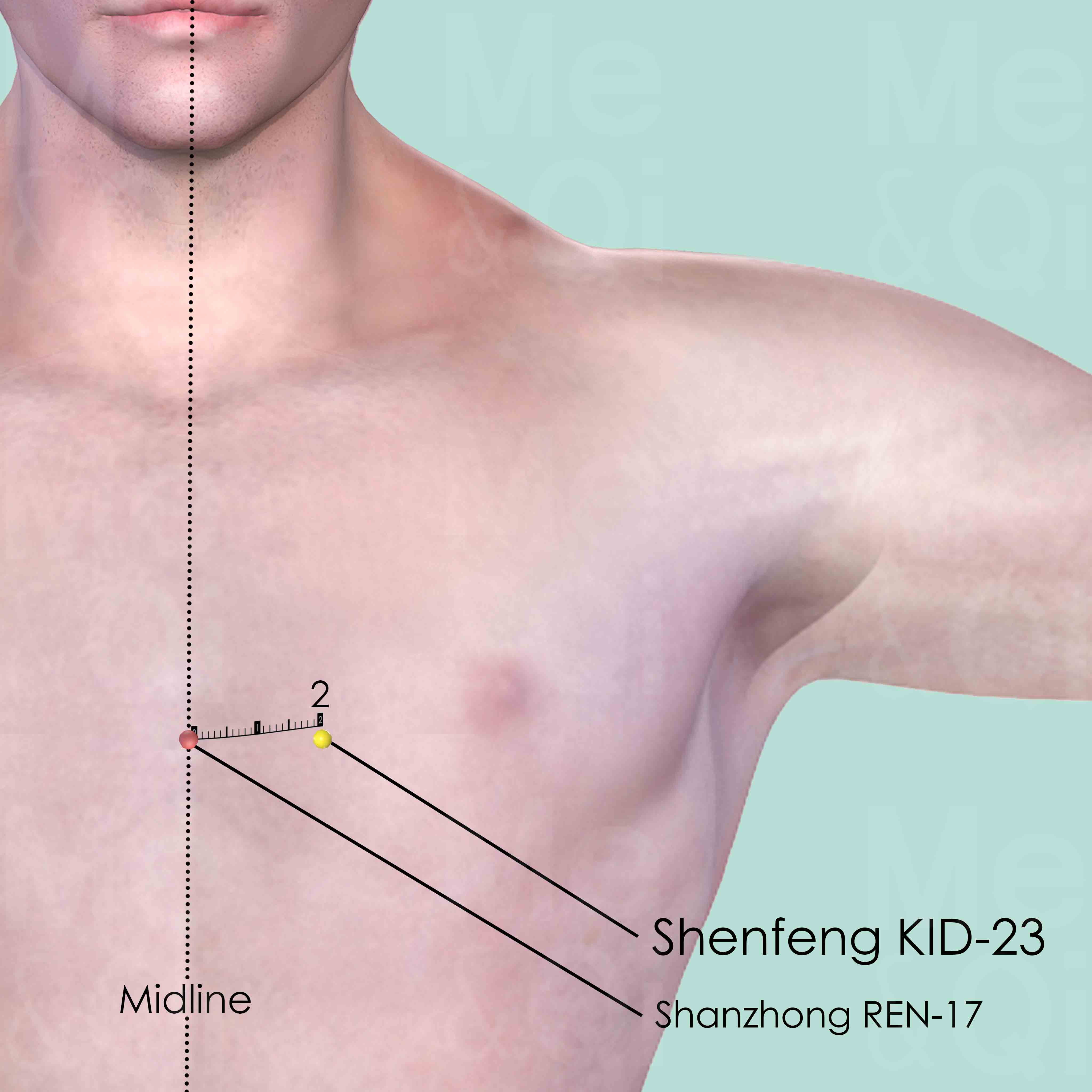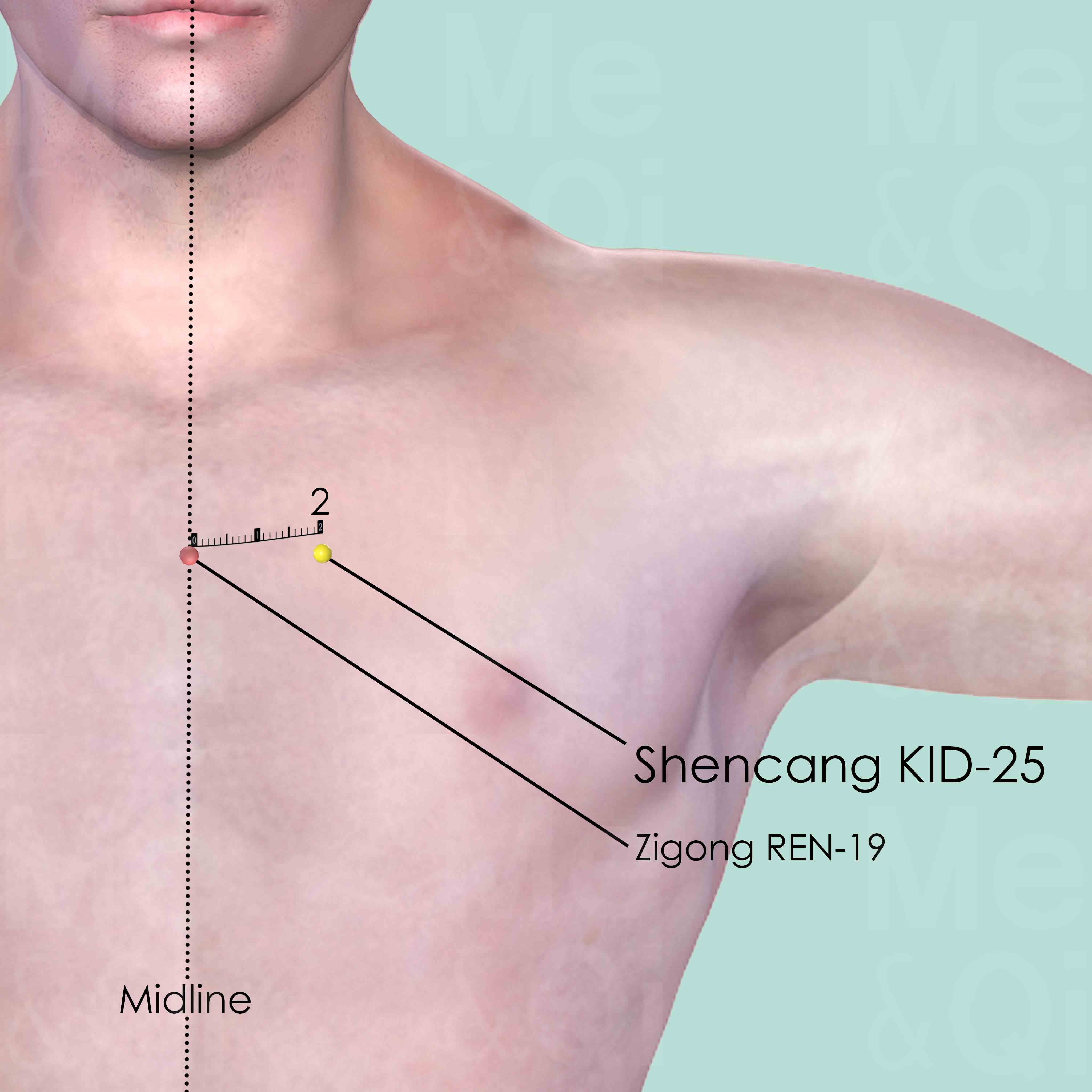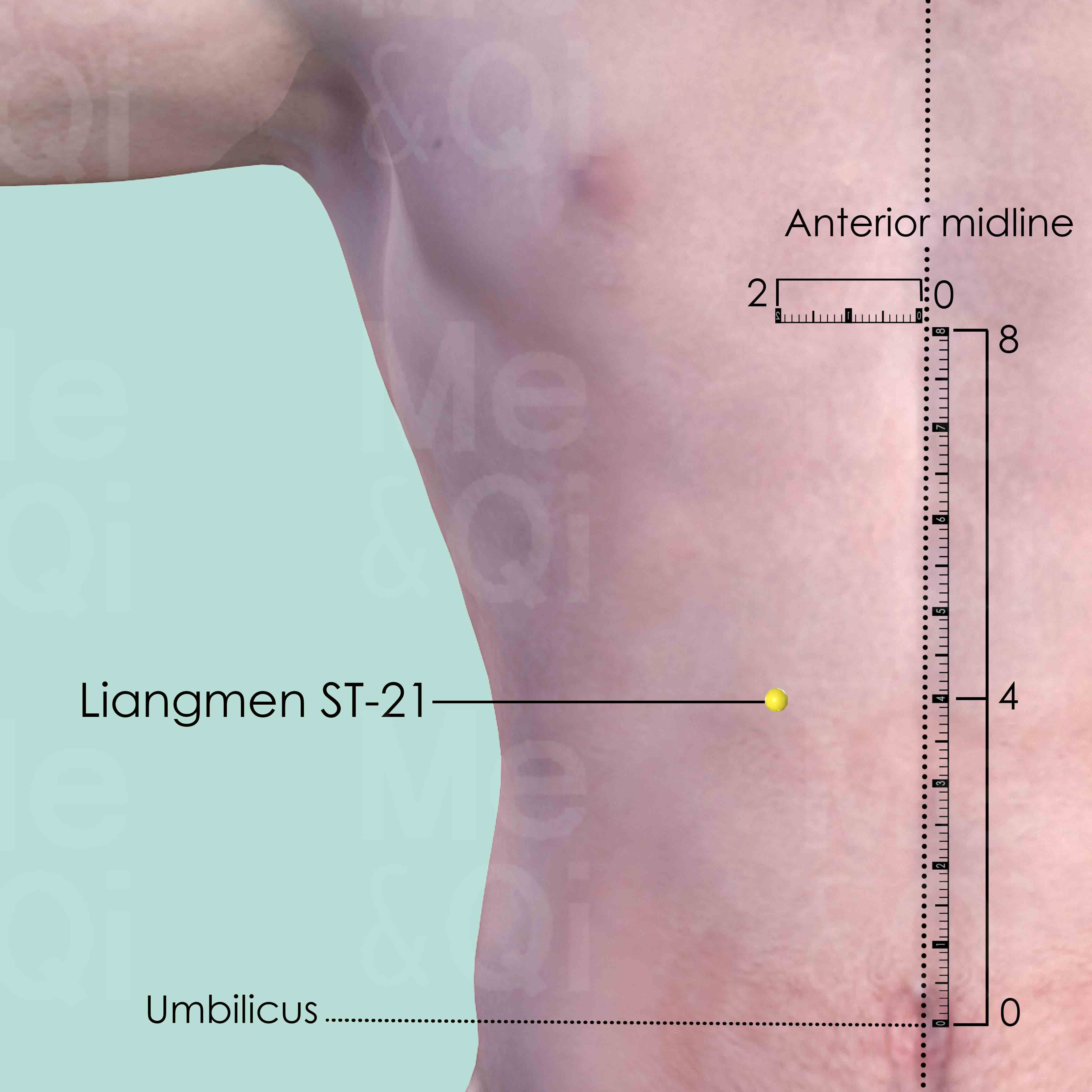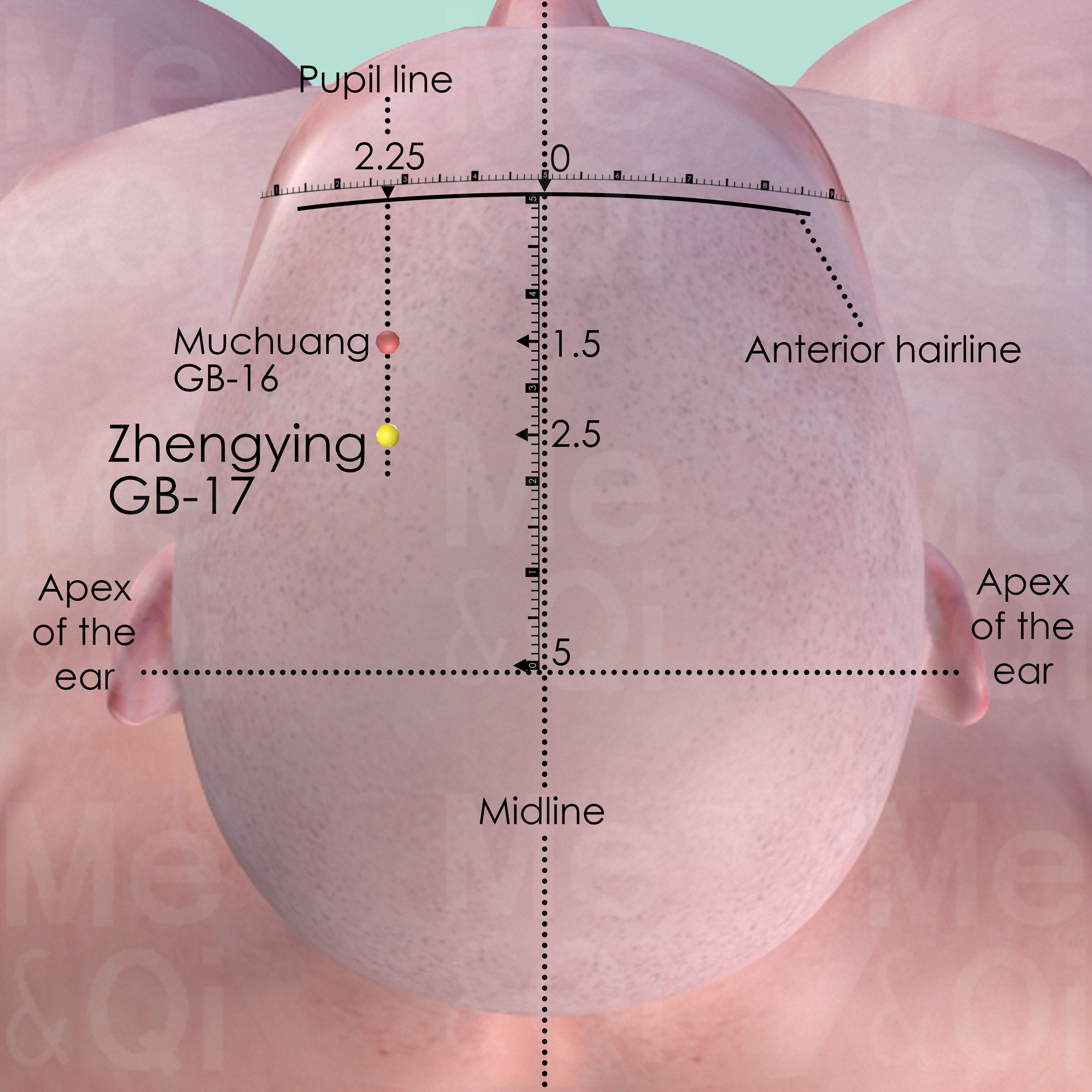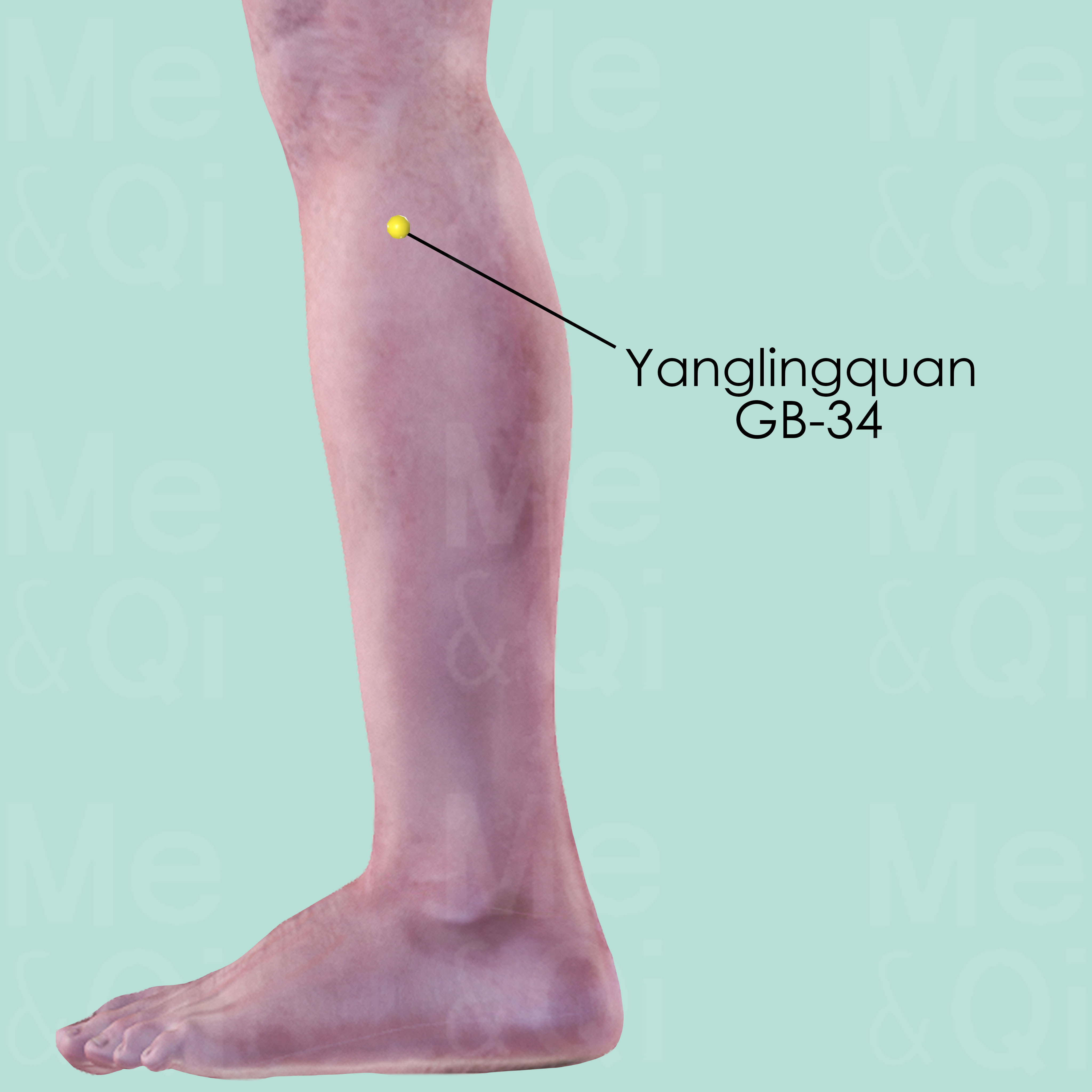Nauseaaccording to TCM
Symptom family: Nausea and Vomiting
Parent symptom: Nausea Or Vomiting
Root Causes of Nausea in TCM
Explore below more details about what might cause Nausea according to TCM.
- By Syndrome
- By Organ
- Dampness
- Phlegm
- Heat
- Cold
- Qi Stagnation
- Qi Rebellion
- Wind
- Yin Deficiency
- Blood Stasis
- Yin Excess
- View More Causes
- Stomach
- Spleen
- Liver
- Lung
- Gallbladder
- Uterus
- Heart
- Triple Burner
- View More Organs
Dampness
"Dampness" in TCM is a concept that describes a pattern of disharmony where the body accumulates excess moisture. Imagine the heavy, sticky feeling you get on a very humid day; that's similar to what dampness feels like internally. It can manifest as a sense of heaviness, bloating, sluggishness, or even a foggy mind. This condition is often thought to arise from environmental factors like living in a damp place, dietary habits that promote moisture in the body, or internal imbalances that hinder the body's ability to process fluids properly. In TCM, dampness can obstruct the normal flow of energy and fluids in the body, leading to various symptoms.... see more
Dampness Patterns That Can Lead to Nausea
Common Symptoms: Feeling Of Heaviness Diarrhea Dizziness Vomit Profuse White Sputum Generalized Fatigue Shortness Of Breath Lack Of Appetite
| Pattern Name | Relevant Symptoms | Relevant Formulas |
|---|---|---|
| Damp-Phlegm in the Uterus | Nausea, Late menstruation, Amenorrhea, Scanty menstruation, Lower abdominal pain, Abdominal heaviness, Feeling of oppression of the chest, Generalized fatigue, Diarrhea, Dull pale complexion, Obesity, Infertility, Ovarian cysts, Ovarian fibroids, Polycystic ovary syndrome, Pseudocyesis, Sputum, Feeling of heaviness... see more | Cang Fu Dao Tan Wan | Bu Zhong Yi Qi Tang | Xiang Sha Liu Jun Zi Tang |
| Cold-Damp invading the Spleen | Nausea, Lack of appetite, Epigastric coldness, Head and body heaviness, Sweet taste in mouth, Absence of thirst, Diarrhea, General weakness, Generalized fatigue, Edema, Dull pale complexion, White vaginal discharge, Upper abdominal fullness... see more | Ping Wei San |
| Damp-Heat in Stomach and Spleen | Nausea, Head and body heaviness, Upper abdominal oppression, Diarrhea, Fever not reduced by sweating... see more | Lian Po Yin | Ge Hua Jie Cheng San | Sheng Yang Yi Wei Tang |
| Damp-Heat in the Liver | Nausea, Hypochondrial fullness with warmth relief, Abdominal fullness, Lower abdominal fullness, Bitter taste in the mouth, Sticky taste in the mouth, Lack of appetite, Feeling of heaviness, Yellow vaginal discharge, Vaginal itching, Vulvar eczema, Vulvar sores, Bleeding between periods, Midcycle bleeding pain, Red and swollen scrotum, Red and swelling genital, Papules, Itchy vesicular rashes, Urinary dysfunction, Urinary burning, Dark urine... see more | Long Dan Xie Gan Tang | Yin Chen Hao Tang |
| Damp-Heat in the Stomach | Nausea, Upper abdominal pain, Upper abdominal fullness, Feeling of heaviness, Face pain, Congested nose, Thick nasal discharge, Dry mouth without desire to drink, Feeling hot, Dull yellow complexion, Sticky taste in the mouth... see more | Lian Po Yin | Ge Hua Jie Cheng San |
| Damp-Phlegm | Nausea, Profuse white sputum, Focal distention of the chest, Upper abdominal focal distention, Sticky taste in the mouth, Absence of thirst, Obesity, Swollen limbs, Abdominal fat... see more | Xiang Sha Liu Jun Zi Tang | Er Chen Tang | Shen Qi Wan |
| Damp-Phlegm in the Lungs | Nausea, Coughing, Pale face, Sputum, Stifling sensation in the chest, Shortness of breath, Discomfort when lying down, Wheezing, Feeling of heaviness, Dizziness, Profuse white sputum, Asthma, Chest distension... see more | Er Chen Tang |
| Damp-Wind | Nausea, Aversion to cold, Fever, Neck gland swelling, Perspiration, Occipital stiffness, Body pain, Muscle pain, Feeling of heaviness, Swollen joints... see more | Qiang Huo Sheng Shi Tang | Jiu Wei Qiang Huo Tang | Cang Er Zi San | Xiao Feng San | Ku Shen Tang | Hai Tong Pi Tang |
| Exterior Cold with Interior Dampness in Summer | Nausea, Chills with warm skin, Lack of sweating, Heavy sensation in the head, Headaches, Abdominal pain, Vomit, Diarrhea, Tight feeling in chest and stomach, Fatigued extremities... see more | Xiang Ru San |
| Obstruction Of the Spleen By Dampness with Liver Qi Stagnation | Nausea, Upper abdominal oppression, Lack of appetite, Diarrhea, Feeling of heaviness, Dry mouth without desire to drink, Dull shallow face, Irritability, Upper abdominal distension, Hypochondriac distention, Hypochondriac pain... see more | Ping Wei San | Dang Gui Shao Yao San |
| Damp-Cold Phlegm | Nausea, Vomit, Tight feeling in chest and stomach, Palpitations, Dizziness, Focal distention, Profuse white sputum, Upper respiratory tract infections, Chronic bronchitis, Emphysema, Goitre... see more | Er Chen Tang |
| Painful Obstruction with Wind-Cold-Damp | Nausea, Swollen and painful joints worsening at night, Joint stiffness, Chills without sweating, Weight loss, Headaches, Dizziness, Shortness of breath, Rheumatoid arthritis, Connective tissue disorders, Gouty inflammation... see more | Gui Zhi Shao Yao Zhi Mu Tang |
| Phlegm-Dampness in the Middle-Burner | Nausea, Vomit, Tight feeling in chest and stomach, Focal distention, Profuse white sputum, Anorexia, Peptic ulcer, Chronic gastritis, Acid reflux, Abdominal pain, Bloated abdomen... see more | Liu Jun Zi Tang |
Phlegm
In TCM "Phlegm" as a pattern of disharmony is a complex concept that extends beyond the physical manifestation of mucus. It represents a pathological factor that can disrupt the flow of Qi (vital energy) and blood, leading to various health issues. Phlegm in TCM is seen as a sticky, turbid substance arising from the body's inability to metabolize fluids properly, often due to a dysfunction of the spleen. It's not only associated with respiratory problems like cough and congestion but also with systemic issues. Symptoms can include a feeling of heaviness, mental cloudiness, dizziness, and in some cases, the formation of lumps or masses. Phlegm can even be "invisible," contributing to emotional disturbances like depression or stress. ... see more
Phlegm Patterns That Can Lead to Nausea
Common Symptoms: Feeling Of Oppression Of The Chest Chest Distension Dizziness Profuse White Sputum Generalized Fatigue Obesity Feeling Of Heaviness Depression
| Pattern Name | Relevant Symptoms | Relevant Formulas |
|---|---|---|
| Damp-Phlegm in the Uterus | Nausea, Late menstruation, Amenorrhea, Scanty menstruation, Lower abdominal pain, Abdominal heaviness, Feeling of oppression of the chest, Generalized fatigue, Diarrhea, Dull pale complexion, Obesity, Infertility, Ovarian cysts, Ovarian fibroids, Polycystic ovary syndrome, Pseudocyesis, Sputum, Feeling of heaviness... see more | Cang Fu Dao Tan Wan | Bu Zhong Yi Qi Tang | Xiang Sha Liu Jun Zi Tang |
| Cold-Phlegm | Nausea, White and watery sputum, Feeling of oppression of the chest, Cold extremities, Lack of appetite... see more | Ling Gan Wu Wei Jiang Xin Tang | San Zi Yang Qin Tang |
| Damp-Phlegm | Nausea, Profuse white sputum, Focal distention of the chest, Upper abdominal focal distention, Sticky taste in the mouth, Absence of thirst, Obesity, Swollen limbs, Abdominal fat... see more | Xiang Sha Liu Jun Zi Tang | Er Chen Tang | Shen Qi Wan |
| Damp-Phlegm in the Lungs | Nausea, Coughing, Pale face, Sputum, Stifling sensation in the chest, Shortness of breath, Discomfort when lying down, Wheezing, Feeling of heaviness, Dizziness, Profuse white sputum, Asthma, Chest distension... see more | Er Chen Tang |
| Phlegm | Nausea, Feeling of oppression of the chest, Head fog, Dizziness | Er Chen Tang | Hao Qin Qing Dan Tang | Ban Xia Hou Pu Tang | Liu Jun Zi Tang | Yue Ju Wan | Wen Dan Tang | Ban Xia Bai Zhu Tian Ma Tang | Xing Su San |
| Phlegm-Heat | Nausea, Upper abdominal oppression, Mucous in feces, Depression | Qing Qi Hua Tan Wan |
| Damp-Cold Phlegm | Nausea, Vomit, Tight feeling in chest and stomach, Palpitations, Dizziness, Focal distention, Profuse white sputum, Upper respiratory tract infections, Chronic bronchitis, Emphysema, Goitre... see more | Er Chen Tang |
| Phlegm-Dampness in the Middle-Burner | Nausea, Vomit, Tight feeling in chest and stomach, Focal distention, Profuse white sputum, Anorexia, Peptic ulcer, Chronic gastritis, Acid reflux, Abdominal pain, Bloated abdomen... see more | Liu Jun Zi Tang |
Heat
In TCM "Heat" signifies an excess of Yang energy, leading to an imbalance where heat predominates over the body's cool Yin aspects. This condition is metaphorically akin to an internal over-heating. Symptoms indicative of Heat can include feelings of warmth, fever, sweating, irritability, red face, thirst with a preference for cold drinks, and a rapid pulse. The tongue may appear red with a yellow coating. Unlike the common interpretation of heat in terms of temperature, in TCM, it represents a state of hyperactivity or inflammation in the body.... see more
Heat Patterns That Can Lead to Nausea
Common Symptoms: Upper Abdominal Oppression Bitter Taste In The Mouth Feeling Of Heaviness Upper Abdominal Fullness Diarrhea Sticky Taste In The Mouth Lack Of Appetite Dry Mouth Without Desire To Drink
| Pattern Name | Relevant Symptoms | Relevant Formulas |
|---|---|---|
| Damp-Heat in Stomach and Spleen | Nausea, Head and body heaviness, Upper abdominal oppression, Diarrhea, Fever not reduced by sweating... see more | Lian Po Yin | Ge Hua Jie Cheng San | Sheng Yang Yi Wei Tang |
| Damp-Heat in the Liver | Nausea, Hypochondrial fullness with warmth relief, Abdominal fullness, Lower abdominal fullness, Bitter taste in the mouth, Sticky taste in the mouth, Lack of appetite, Feeling of heaviness, Yellow vaginal discharge, Vaginal itching, Vulvar eczema, Vulvar sores, Bleeding between periods, Midcycle bleeding pain, Red and swollen scrotum, Red and swelling genital, Papules, Itchy vesicular rashes, Urinary dysfunction, Urinary burning, Dark urine... see more | Long Dan Xie Gan Tang | Yin Chen Hao Tang |
| Damp-Heat in the Stomach | Nausea, Upper abdominal pain, Upper abdominal fullness, Feeling of heaviness, Face pain, Congested nose, Thick nasal discharge, Dry mouth without desire to drink, Feeling hot, Dull yellow complexion, Sticky taste in the mouth... see more | Lian Po Yin | Ge Hua Jie Cheng San |
| Gallbladder Heat | Nausea, Alternating sensation of hot and cold, Bitter taste in the mouth, Thirst, Dry throat, Hypochondriac pain, Upper abdominal fullness... see more | Hao Qin Qing Dan Tang |
| Obstruction Of the Spleen By Dampness with Liver Qi Stagnation | Nausea, Upper abdominal oppression, Lack of appetite, Diarrhea, Feeling of heaviness, Dry mouth without desire to drink, Dull shallow face, Irritability, Upper abdominal distension, Hypochondriac distention, Hypochondriac pain... see more | Ping Wei San | Dang Gui Shao Yao San |
| Phlegm-Heat | Nausea, Upper abdominal oppression, Mucous in feces, Depression | Qing Qi Hua Tan Wan |
| Stomach Heat or Fire | Nausea, Upper abdominal burning pain, Excessive thirst, Craving for cold beverages, Restlessness, Dry stools, Dry mouth, Mouth ulcers, Acid reflux, Vomiting after eating, Excessive hunger, Bad breath, Feeling hot, Acne... see more | Tiao Wei Cheng Qi Tang | Qing Wei San | Xie Huang San | Fei Er Wan | Hua Ban Tang |
| Heat in Gall Bladder | Nausea, Mild chills with high fever, Bitter taste in the mouth, Stifling sensation in the chest, Vomiting of sour fluids, Thirst, Hypochondriac pain and discomfort, Upper abdominal fullness, Cholecystitis, Icteric hepatitis, Kidney infection... see more | Hao Qin Qing Dan Tang |
Cold
In TCM "Cold" as a pattern of disharmony refers to a specific type of imbalance within the body's systems, often linked to a deficiency or weakness. It's not about feeling physically cold or having a common cold, but rather a metaphorical description of certain symptoms and underlying conditions. When a TCM practitioner says someone suffers from "Cold," it usually implies that the body's Yang energy, which is warm and active, is insufficient or overpowered by Yin energy, which is cool and passive. Symptoms of Cold in TCM can include a general feeling of coldness, cold limbs, pale complexion, low energy, slow metabolism, and a preference for warmth. ... see more
Cold Patterns That Can Lead to Nausea
Common Symptoms: Cold Extremities Lack Of Appetite Diarrhea Chronic Bronchitis Vomit Tight Feeling In Chest And Stomach Dizziness Headaches
| Pattern Name | Relevant Symptoms | Relevant Formulas |
|---|---|---|
| Cold invading the Stomach | Nausea, Severe upper abdominal pain, Chills, Cold extremities, Desire for hot beverages and foods, Vomiting clear liquid, Deterioration after cold beverages... see more | Liang Fu Wan | Huo Xiang Zheng Qi San | Wu Zhu Yu Tang |
| Cold-Damp invading the Spleen | Nausea, Lack of appetite, Epigastric coldness, Head and body heaviness, Sweet taste in mouth, Absence of thirst, Diarrhea, General weakness, Generalized fatigue, Edema, Dull pale complexion, White vaginal discharge, Upper abdominal fullness... see more | Ping Wei San |
| Cold-Phlegm | Nausea, White and watery sputum, Feeling of oppression of the chest, Cold extremities, Lack of appetite... see more | Ling Gan Wu Wei Jiang Xin Tang | San Zi Yang Qin Tang |
| Exterior Cold with Interior Dampness in Summer | Nausea, Chills with warm skin, Lack of sweating, Heavy sensation in the head, Headaches, Abdominal pain, Vomit, Diarrhea, Tight feeling in chest and stomach, Fatigued extremities... see more | Xiang Ru San |
| Damp-Cold Phlegm | Nausea, Vomit, Tight feeling in chest and stomach, Palpitations, Dizziness, Focal distention, Profuse white sputum, Upper respiratory tract infections, Chronic bronchitis, Emphysema, Goitre... see more | Er Chen Tang |
| Painful Obstruction with Wind-Cold-Damp | Nausea, Swollen and painful joints worsening at night, Joint stiffness, Chills without sweating, Weight loss, Headaches, Dizziness, Shortness of breath, Rheumatoid arthritis, Connective tissue disorders, Gouty inflammation... see more | Gui Zhi Shao Yao Zhi Mu Tang |
Qi Stagnation
Qi Stagnation in TCM is like having a traffic jam in your body's energy system. Qi, the vital life force that flows through your body, is supposed to move smoothly to maintain health and balance. But with Qi Stagnation, this flow gets blocked or slowed down, like cars stuck on a highway. This can lead to symptoms like feeling stressed, emotional mood swings, and physical discomfort, often described as a feeling of fullness or tightness, especially in the chest or abdomen. It's as though the body's internal energy circulation is disrupted, causing various issues. TCM sees this as an energy flow problem, different from modern medicine's focus on specific physiological processes.... see more
Qi Stagnation Patterns That Can Lead to Nausea
Common Symptoms: Lack Of Appetite Upper Abdominal Distension Irritability Chest Distension Depression Sighing Hypochondriac Distention Hiccups
| Pattern Name | Relevant Symptoms | Relevant Formulas |
|---|---|---|
| Heart Qi Stagnation | Nausea, Palpitations, Chest distension, Feeling of oppression of the chest, Depression | Ban Xia Hou Pu Tang |
| Liver Qi Stagnation | Nausea, Hypochondriac distention, Chest distension, Upper abdominal distension, Abdominal distention, Sighing, Melancholia, Depression, Mood swings, Irregular periods, Globus sensation, Pre menstrual breast distension, Pre menstrual tension, Anxiety, Anger... see more | Xiao Yao San | Jia Wei Xiao Yao San | Yue Ju Wan | Chai Hu Shu Gan San | Yi Guan Jian |
| Obstruction Of the Spleen By Dampness with Liver Qi Stagnation | Nausea, Upper abdominal oppression, Lack of appetite, Diarrhea, Feeling of heaviness, Dry mouth without desire to drink, Dull shallow face, Irritability, Upper abdominal distension, Hypochondriac distention, Hypochondriac pain... see more | Ping Wei San | Dang Gui Shao Yao San |
| Stomach Qi Stagnation | Nausea, Upper abdominal pain, Upper abdominal distension, Belching, Vomit, Hiccups, Irritability... see more | Ban Xia Hou Pu Tang | Zuo Jin Wan |
Qi Rebellion
Rebellious Qi in TCM is a bit like having a rebel inside your body. Qi, which is the vital energy flowing through your body, is supposed to move in certain directions to keep everything in balance and working well. But with Rebellious Qi, this energy decides to go the opposite way. Think of it like a river flowing upstream instead of downstream. This can cause various issues like heartburn, coughing, or even headaches. It's as if the body's natural flow is disrupted, creating a kind of internal chaos. TCM focuses on correcting this flow, restoring order and balance.... see more
Qi Rebellion Patterns That Can Lead to Nausea
Common Symptoms: Vomit Coughing Asthma Headaches Hiccups Belching Dizziness Loss Of Consciousness
| Pattern Name | Relevant Symptoms | Relevant Formulas |
|---|---|---|
| Rebellious Lung Qi | Nausea, Coughing, Asthma, Vomit, Dizziness, Headaches, Loss of consciousness | Su Zi Jiang Qi Tang | Jin Fei Cao San |
| Rebellious Qi | Nausea, Hiccups, Belching, Vomit, Coughing, Asthma | Chai Hu Shu Gan San | Su Zi Jiang Qi Tang | Xuan Fu Dai Zhe Tang | Ju Pi Zhu Ru Tang | Si Ni San |
| Rebellious Stomach Qi | Nausea, Dysphagia, Belching, Vomit, Hiccups | Huo Xiang Zheng Qi San | Ban Xia Hou Pu Tang | Ding Xiang Shi Di Tang |
Wind
In TCM "Wind" is a concept that represents a pattern of disharmony, often characterized by its sudden and unpredictable nature, much like a gusty wind changing direction without warning. This pattern is associated with symptoms that come and go quickly or move around the body, such as itching, tremors, or even certain types of pain. Wind is considered to be a primary cause of illnesses that have these rapidly changing characteristics. In TCM, external Wind often refers to illnesses that start suddenly, like the common cold, believed to be caused by external pathogenic factors like climatic changes. On the other hand, internal Wind can be linked to internal imbalances and can manifest in conditions like dizziness or spasms. ... see more
Wind Patterns That Can Lead to Nausea
Common Symptoms: Aversion To Cold Fever Neck Gland Swelling Perspiration Occipital Stiffness Body Pain Muscle Pain Feeling Of Heaviness
| Pattern Name | Relevant Symptoms | Relevant Formulas |
|---|---|---|
| Damp-Wind | Nausea, Aversion to cold, Fever, Neck gland swelling, Perspiration, Occipital stiffness, Body pain, Muscle pain, Feeling of heaviness, Swollen joints... see more | Qiang Huo Sheng Shi Tang | Jiu Wei Qiang Huo Tang | Cang Er Zi San | Xiao Feng San | Ku Shen Tang | Hai Tong Pi Tang |
| Painful Obstruction with Wind-Cold-Damp | Nausea, Swollen and painful joints worsening at night, Joint stiffness, Chills without sweating, Weight loss, Headaches, Dizziness, Shortness of breath, Rheumatoid arthritis, Connective tissue disorders, Gouty inflammation... see more | Gui Zhi Shao Yao Zhi Mu Tang |
Yin Deficiency
Yin deficiency in TCM is a pattern of disharmony characterized by a depletion of the body's Yin energy, which represents the cooling, moistening, and nurturing aspects of our physiology. This condition often arises from factors like chronic stress, overwork, insufficient rest, or prolonged illness. Symptoms of Yin deficiency can include a sensation of heat, especially in the afternoon or evening, night sweats, insomnia, a dry mouth or throat, and a red tongue with little coating. There might also be a general feeling of restlessness or irritability. Since Yin is essential for balancing the body's active and warm Yang energy, its deficiency leads to a relative excess of Yang, manifesting as heat or dryness symptoms.... see more
Yin Deficiency Patterns That Can Lead to Nausea
| Pattern Name | Relevant Symptoms | Relevant Formulas |
|---|---|---|
| Stomach and Spleen Yin Deficiency | Nausea, Lack of appetite, Dry mouth, Preference for sipping, Dry stools, Dry lips, Generalized fatigue, Upper abdominal discomfort, Loss of taste... see more | Shen Ling Bai Zhu San |
Blood Stasis
Blood Stasis in TCM is a concept where the blood flow in the body is not as smooth or efficient as it should be. Imagine a river that's supposed to flow freely, but instead, it's getting blocked or moving too slowly in some parts. This can lead to various health issues, like pain that feels sharp or stabbing, dark bruises, and a complexion that looks purplish. TCM believes that good health relies on the smooth and vibrant flow of Qi and blood throughout the body, so when blood gets stuck, it's like a traffic jam in your body, leading to discomfort or health problems.... see more
Blood Stasis Patterns That Can Lead to Nausea
| Pattern Name | Relevant Symptoms | Relevant Formulas |
|---|---|---|
| Stomach Blood Stagnation | Nausea, Nocturnal epigastric pain, Abdominal pain worsened by pressure, Nausea or vomiting, Potential vomiting of blood, Hematochezia... see more | Xue Fu Zhu Yu Tang |
Yin Excess
Yin Excess in TCM is a pattern of disharmony characterized by an overabundance of Yin energy, leading to symptoms of dampness and coldness in the body. This condition often results from an imbalance where the cooling, moistening aspects of Yin overshadow the warm, active qualities of Yang energy. Symptoms can include a feeling of heaviness, lethargy, cold sensations, pale complexion, and possibly edema or fluid retention. Digestive issues such as poor appetite, bloating, and loose stools may also be present, reflecting the impact of excess Yin on the body's metabolic processes. Treatment in TCM for Yin Excess focuses on reducing the excess Yin and stimulating Yang energy to restore balance. ... see more
Yin Excess Patterns That Can Lead to Nausea
| Pattern Name | Relevant Symptoms | Relevant Formulas |
|---|---|---|
| Yin Excess | Nausea, Absence of thirst, Slow and forceful movement, Epigastric pain worsen by pressure, Polyuria, Feeling of oppression of the chest, Excessive vaginal discharge, Lack of appetite, Pain relieved by heat, Chills, Cold extremities, Pale urine... see more | Wu Ling San | Wu Pi Yin |
Stomach
In TCM the Stomach is regarded as the "sea of nourishment," pivotal for digesting food and transforming it into Qi and blood. It works closely with the Spleen to distribute these essential nutrients throughout the body. When the Stomach is out of balance or malfunctions in TCM, it often leads to digestive problems such as bloating, nausea, vomiting, poor appetite, or a feeling of fullness. There may also be issues like acid reflux or a sour taste in the mouth. Emotionally, an imbalanced Stomach can contribute to excessive worry and overthinking, reflecting the TCM belief that physical and emotional well-being are deeply interconnected.... see more
Stomach Patterns That Can Lead to Nausea
Common Symptoms: Upper Abdominal Pain Belching Vomit Feeling Hot Bad Breath Acid Reflux Lack Of Appetite Hiccups
| Pattern Name | Relevant Symptoms | Relevant Formulas |
|---|---|---|
| Cold invading the Stomach | Nausea, Severe upper abdominal pain, Chills, Cold extremities, Desire for hot beverages and foods, Vomiting clear liquid, Deterioration after cold beverages... see more | Liang Fu Wan | Huo Xiang Zheng Qi San | Wu Zhu Yu Tang |
| Damp-Heat in Stomach and Spleen | Nausea, Head and body heaviness, Upper abdominal oppression, Diarrhea, Fever not reduced by sweating... see more | Lian Po Yin | Ge Hua Jie Cheng San | Sheng Yang Yi Wei Tang |
| Damp-Heat in the Stomach | Nausea, Upper abdominal pain, Upper abdominal fullness, Feeling of heaviness, Face pain, Congested nose, Thick nasal discharge, Dry mouth without desire to drink, Feeling hot, Dull yellow complexion, Sticky taste in the mouth... see more | Lian Po Yin | Ge Hua Jie Cheng San |
| Food Stagnation in the Stomach | Nausea, Epigastric fullness and pain relieved by vomiting, Vomiting of sour fluids, Bad breath, Acid reflux, Belching, Insomnia, Alternating diarrhea and constipation, Lack of appetite, Abdominal pain due to overeating... see more | Bao He Wan | Zhi Shi Dao Zhi Wan | Gua Di San |
| Rebellious Stomach Qi | Nausea, Dysphagia, Belching, Vomit, Hiccups | Huo Xiang Zheng Qi San | Ban Xia Hou Pu Tang | Ding Xiang Shi Di Tang |
| Stomach and Spleen Yin Deficiency | Nausea, Lack of appetite, Dry mouth, Preference for sipping, Dry stools, Dry lips, Generalized fatigue, Upper abdominal discomfort, Loss of taste... see more | Shen Ling Bai Zhu San |
| Stomach Heat or Fire | Nausea, Upper abdominal burning pain, Excessive thirst, Craving for cold beverages, Restlessness, Dry stools, Dry mouth, Mouth ulcers, Acid reflux, Vomiting after eating, Excessive hunger, Bad breath, Feeling hot, Acne... see more | Tiao Wei Cheng Qi Tang | Qing Wei San | Xie Huang San | Fei Er Wan | Hua Ban Tang |
| Stomach Qi Stagnation | Nausea, Upper abdominal pain, Upper abdominal distension, Belching, Vomit, Hiccups, Irritability... see more | Ban Xia Hou Pu Tang | Zuo Jin Wan |
| Stomach Blood Stagnation | Nausea, Nocturnal epigastric pain, Abdominal pain worsened by pressure, Nausea or vomiting, Potential vomiting of blood, Hematochezia... see more | Xue Fu Zhu Yu Tang |
Spleen
In TCM the Spleen plays a vital role in digestion and transformation, converting food into energy and nutrients, and overseeing the distribution of Qi and Blood. It's also crucial in maintaining the health of muscles and limbs and ensuring the blood remains within the vessels. When the Spleen malfunctions in TCM, it can lead to a variety of issues such as digestive disorders, fatigue, weak muscles, bloating, and a feeling of heaviness. It can also cause a pale complexion, poor appetite, and a tendency to bruise easily. Emotionally, a Spleen imbalance is often associated with excessive worry or overthinking, reflecting its role in the interplay between physical and mental health.... see more
Spleen Patterns That Can Lead to Nausea
Common Symptoms: Lack Of Appetite Diarrhea Head And Body Heaviness Generalized Fatigue Upper Abdominal Oppression Epigastric Coldness Sweet Taste In Mouth Absence Of Thirst
| Pattern Name | Relevant Symptoms | Relevant Formulas |
|---|---|---|
| Cold-Damp invading the Spleen | Nausea, Lack of appetite, Epigastric coldness, Head and body heaviness, Sweet taste in mouth, Absence of thirst, Diarrhea, General weakness, Generalized fatigue, Edema, Dull pale complexion, White vaginal discharge, Upper abdominal fullness... see more | Ping Wei San |
| Damp-Heat in Stomach and Spleen | Nausea, Head and body heaviness, Upper abdominal oppression, Diarrhea, Fever not reduced by sweating... see more | Lian Po Yin | Ge Hua Jie Cheng San | Sheng Yang Yi Wei Tang |
| Obstruction Of the Spleen By Dampness with Liver Qi Stagnation | Nausea, Upper abdominal oppression, Lack of appetite, Diarrhea, Feeling of heaviness, Dry mouth without desire to drink, Dull shallow face, Irritability, Upper abdominal distension, Hypochondriac distention, Hypochondriac pain... see more | Ping Wei San | Dang Gui Shao Yao San |
| Stomach and Spleen Yin Deficiency | Nausea, Lack of appetite, Dry mouth, Preference for sipping, Dry stools, Dry lips, Generalized fatigue, Upper abdominal discomfort, Loss of taste... see more | Shen Ling Bai Zhu San |
Liver
In TCM the Liver is viewed as the organ responsible for the smooth flow of Qi, Blood, and emotions throughout the body. It plays a key role in regulating mood, storing blood, supporting digestion, and ensuring the health of tendons and eyes. When the Liver malfunctions or is imbalanced in TCM, it can lead to a range of issues such as irritability, mood swings, menstrual irregularities, eye problems, and muscular stiffness or pain. A malfunctioning Liver in TCM reflects not only physical disturbances but also emotional and mental disharmony, emphasizing the holistic approach of TCM in addressing health and wellness.... see more
Liver Patterns That Can Lead to Nausea
Common Symptoms: Lack Of Appetite Feeling Of Heaviness Yellow Vaginal Discharge Menstrual Cramps Irregular Periods Fever Vomit Hypochondriac Distention
| Pattern Name | Relevant Symptoms | Relevant Formulas |
|---|---|---|
| Damp-Heat in the Liver | Nausea, Hypochondrial fullness with warmth relief, Abdominal fullness, Lower abdominal fullness, Bitter taste in the mouth, Sticky taste in the mouth, Lack of appetite, Feeling of heaviness, Yellow vaginal discharge, Vaginal itching, Vulvar eczema, Vulvar sores, Bleeding between periods, Midcycle bleeding pain, Red and swollen scrotum, Red and swelling genital, Papules, Itchy vesicular rashes, Urinary dysfunction, Urinary burning, Dark urine... see more | Long Dan Xie Gan Tang | Yin Chen Hao Tang |
| Liver Qi Stagnation | Nausea, Hypochondriac distention, Chest distension, Upper abdominal distension, Abdominal distention, Sighing, Melancholia, Depression, Mood swings, Irregular periods, Globus sensation, Pre menstrual breast distension, Pre menstrual tension, Anxiety, Anger... see more | Xiao Yao San | Jia Wei Xiao Yao San | Yue Ju Wan | Chai Hu Shu Gan San | Yi Guan Jian |
| Obstruction Of the Spleen By Dampness with Liver Qi Stagnation | Nausea, Upper abdominal oppression, Lack of appetite, Diarrhea, Feeling of heaviness, Dry mouth without desire to drink, Dull shallow face, Irritability, Upper abdominal distension, Hypochondriac distention, Hypochondriac pain... see more | Ping Wei San | Dang Gui Shao Yao San |
Lung
In TCM the Lungs are seen as the organ responsible for controlling Qi and respiration, as well as being a key part of the body's defensive system. They are thought to maintain the balance and flow of air and moisture, and are closely linked to the skin and hair. When the Lungs are imbalanced or malfunctioning in TCM, it can lead to respiratory issues like coughing or asthma, a weakened immune system, dry skin, and emotional disturbances such as sadness or grief. These symptoms are believed to arise from disruptions in the Lungs' ability to regulate Qi and protect the body, highlighting their central role in maintaining overall health and well-being.... see more
Lung Patterns That Can Lead to Nausea
Common Symptoms: Coughing Dizziness Asthma Pale Face Sputum Stifling Sensation In The Chest Shortness Of Breath Discomfort When Lying Down
| Pattern Name | Relevant Symptoms | Relevant Formulas |
|---|---|---|
| Damp-Phlegm in the Lungs | Nausea, Coughing, Pale face, Sputum, Stifling sensation in the chest, Shortness of breath, Discomfort when lying down, Wheezing, Feeling of heaviness, Dizziness, Profuse white sputum, Asthma, Chest distension... see more | Er Chen Tang |
| Rebellious Lung Qi | Nausea, Coughing, Asthma, Vomit, Dizziness, Headaches, Loss of consciousness | Su Zi Jiang Qi Tang | Jin Fei Cao San |
Gallbladder
In TCM the Gallbladder has a unique role in storing and excreting bile, but more importantly, it's seen as crucial for decision-making and courage. It's closely connected to the Liver, assisting in the smooth flow of Qi (vital energy) and supporting the Liver's role in maintaining emotional balance. When the Gallbladder malfunctions or is imbalanced in TCM, it can lead to physical symptoms like gallstones, jaundice, or a bitter taste in the mouth. There might also be digestive disturbances, particularly related to fat metabolism. On an emotional level, a Gallbladder disorder can manifest as indecisiveness, timidity, or a tendency to easily succumb to stress. These symptoms highlight the TCM view of the Gallbladder as integral to both physical processes and emotional resilience.... see more
Gallbladder Patterns That Can Lead to Nausea
Common Symptoms: Bitter Taste In The Mouth Thirst Upper Abdominal Fullness Alternating Sensation Of Hot And Cold Dry Throat Hypochondriac Pain Mild Chills With High Fever Stifling Sensation In The Chest
| Pattern Name | Relevant Symptoms | Relevant Formulas |
|---|---|---|
| Gallbladder Heat | Nausea, Alternating sensation of hot and cold, Bitter taste in the mouth, Thirst, Dry throat, Hypochondriac pain, Upper abdominal fullness... see more | Hao Qin Qing Dan Tang |
| Heat in Gall Bladder | Nausea, Mild chills with high fever, Bitter taste in the mouth, Stifling sensation in the chest, Vomiting of sour fluids, Thirst, Hypochondriac pain and discomfort, Upper abdominal fullness, Cholecystitis, Icteric hepatitis, Kidney infection... see more | Hao Qin Qing Dan Tang |
Uterus
In TCM the Uterus (or "Bao Gong") is not just a reproductive organ but a vital system closely linked to Kidney energy, responsible for menstrual health, fertility, and pregnancy. It's also connected to the Heart and Liver, reflecting the importance of emotional and blood health in reproductive wellness. In TCM, the Uterus is seen as a reservoir of Blood and Qi, crucial for reproductive health and general vitality. When the Uterus malfunctions or is imbalanced, it can lead to menstrual irregularities, infertility, miscarriages, or menopausal symptoms. Additionally, there might be symptoms like lower abdominal pain or emotional disturbances such as mood swings, often linked to Liver Qi stagnation. These manifestations highlight the TCM perspective that the health of the Uterus is intertwined with the overall balance of energy and blood in the body, as well as emotional well-being.... see more
Uterus Patterns That Can Lead to Nausea
| Pattern Name | Relevant Symptoms | Relevant Formulas |
|---|---|---|
| Damp-Phlegm in the Uterus | Nausea, Late menstruation, Amenorrhea, Scanty menstruation, Lower abdominal pain, Abdominal heaviness, Feeling of oppression of the chest, Generalized fatigue, Diarrhea, Dull pale complexion, Obesity, Infertility, Ovarian cysts, Ovarian fibroids, Polycystic ovary syndrome, Pseudocyesis, Sputum, Feeling of heaviness... see more | Cang Fu Dao Tan Wan | Bu Zhong Yi Qi Tang | Xiang Sha Liu Jun Zi Tang |
Heart
In TCM the Heart is considered the "emperor" of all organs, primarily responsible for governing Blood and housing the mind, known as "Shen." It plays a crucial role in maintaining mental-emotional equilibrium and controlling the circulation of Qi and blood throughout the body. When the Heart is imbalanced or malfunctions in TCM, it can lead to a range of issues like heart palpitations, insomnia, dream-disturbed sleep, anxiety, and a flushed complexion. Emotional disturbances such as excessive joy or lack of joy are also seen as signs of Heart disharmony. These symptoms reflect not just physical heart conditions but also the state of one's Shen, indicating the interconnectedness of physical and emotional well-being in TCM.... see more
Heart Patterns That Can Lead to Nausea
| Pattern Name | Relevant Symptoms | Relevant Formulas |
|---|---|---|
| Heart Qi Stagnation | Nausea, Palpitations, Chest distension, Feeling of oppression of the chest, Depression | Ban Xia Hou Pu Tang |
Triple Burner
In TCM the Triple Burner (or San Jiao) is a unique concept rather than a physical organ. It's seen as a system that oversees the flow and balance of Qi and bodily fluids across three regions of the body: the upper (respiratory and cardiovascular systems), middle (digestive system), and lower (urinary and reproductive systems). The Triple Burner facilitates the interaction between these systems, ensuring harmony in bodily functions. When it malfunctions in TCM, it can lead to a variety of symptoms depending on the affected region, such as respiratory issues, digestive problems, or urinary and reproductive disorders. The malfunction can also manifest as general imbalances in energy flow, temperature regulation, and fluid metabolism, reflecting the Triple Burner's role as a coordinator of the body's various processes and its importance in maintaining overall balance and health.... see more
Triple Burner Patterns That Can Lead to Nausea
| Pattern Name | Relevant Symptoms | Relevant Formulas |
|---|---|---|
| Phlegm-Dampness in the Middle-Burner | Nausea, Vomit, Tight feeling in chest and stomach, Focal distention, Profuse white sputum, Anorexia, Peptic ulcer, Chronic gastritis, Acid reflux, Abdominal pain, Bloated abdomen... see more | Liu Jun Zi Tang |
TCM Herbal Formulas for Nausea
Explore below some TCM herbal formulas used to address nausea, organized by cause and by formula type.
- By Cause
- By Formula Type
- Dampness
- Phlegm
- Heat
- Cold
- Qi Stagnation
- Qi Rebellion
- Wind
- Yin Deficiency
- Blood Stasis
- Yin Excess
- View More Causes
- Formulas that tonify qi
- Formulas that promote qi movement
- Formulas for a rebellious qi
- Formulas that dry dampness and transform phlegm
- Formulas that clear heat from the organs
- Formulas that reduce food accumulation and transform stagnation
- Formulas that harmonize liver-Spleen
- Formulas that transform dampness and harmonize stomach
- Formulas that warm and transform phlegm-Cold
- Formulas that clear heat and expel dampness
- Formulas that dispel wind-Damp
- Formulas that clear wind-Cold
- Formulas that dredge and disperse external wind
- External formulas for external disorders
- Formulas that invigorate blood and dispel blood stagnation
- Formulas that promote urination and leach out dampness
- Formulas that dispel phlegm
- Formulas that warm the middle and dispel cold
- Formulas that reduce food stagnation with tonification
- Formulas that warm yang and tonify
- Formulas that dispel summer-Heat and resolve exterior
- Formulas that induce vomiting
- Formulas that harmonize lesser yang-warp disorders
- Formulas that nourish yin and tonify
- Formulas that transform phlegm and extinguish wind
- Formulas that disperse dryness and moisten
- Formulas that clear heat and transform phlegm
- Formulas that purge heat accumulation
- Formulas that clear heat from qi and blood
- Formulas that clear heat
Top Formula for Dampness:
Er Chen Tang
Suitable for Dampness patterns that may cause nausea, such as Damp-Phlegm or Damp-Phlegm in the Lungs
Learn moreAll Formulas Recommended for Nausea Caused by Dampness
| Formula | Patterns Suitable For |
|---|---|
| Er Chen Tang | Damp-Phlegm, Damp-Phlegm in the Lungs, Damp-Cold Phlegm |
| Xiang Sha Liu Jun Zi Tang | Damp-Phlegm in the Uterus, Damp-Phlegm |
| Ping Wei San | Cold-Damp invading the Spleen, Obstruction Of the Spleen By Dampness with Liver Qi Stagnation... see more |
| Lian Po Yin | Damp-Heat in Stomach and Spleen, Damp-Heat in the Stomach |
| Ge Hua Jie Cheng San | Damp-Heat in Stomach and Spleen, Damp-Heat in the Stomach |
| Liu Jun Zi Tang | Phlegm-Dampness in the Middle-Burner |
| Cang Fu Dao Tan Wan | Damp-Phlegm in the Uterus |
| Bu Zhong Yi Qi Tang | Damp-Phlegm in the Uterus |
| Sheng Yang Yi Wei Tang | Damp-Heat in Stomach and Spleen |
| Long Dan Xie Gan Tang | Damp-Heat in the Liver |
| Yin Chen Hao Tang | Damp-Heat in the Liver |
| Shen Qi Wan | Damp-Phlegm |
| Qiang Huo Sheng Shi Tang | Damp-Wind |
| Jiu Wei Qiang Huo Tang | Damp-Wind |
| Cang Er Zi San | Damp-Wind |
| Xiao Feng San | Damp-Wind |
| Ku Shen Tang | Damp-Wind |
| Hai Tong Pi Tang | Damp-Wind |
| Xiang Ru San | Exterior Cold with Interior Dampness in Summer |
| Gui Zhi Shao Yao Zhi Mu Tang | Painful Obstruction with Wind-Cold-Damp |
| Dang Gui Shao Yao San | Obstruction Of the Spleen By Dampness with Liver Qi Stagnation |
Top Formula for Phlegm:
Er Chen Tang
Suitable for Phlegm patterns that may cause nausea, such as Damp-Phlegm or Damp-Phlegm in the Lungs
Learn moreAll Formulas Recommended for Nausea Caused by Phlegm
| Formula | Patterns Suitable For |
|---|---|
| Er Chen Tang | Damp-Phlegm, Damp-Phlegm in the Lungs, Damp-Cold Phlegm, Phlegm |
| Xiang Sha Liu Jun Zi Tang | Damp-Phlegm in the Uterus, Damp-Phlegm |
| Liu Jun Zi Tang | Phlegm-Dampness in the Middle-Burner, Phlegm |
| Ban Xia Hou Pu Tang | Phlegm |
| Hao Qin Qing Dan Tang | Phlegm |
| Yue Ju Wan | Phlegm |
| Cang Fu Dao Tan Wan | Damp-Phlegm in the Uterus |
| Bu Zhong Yi Qi Tang | Damp-Phlegm in the Uterus |
| Ling Gan Wu Wei Jiang Xin Tang | Cold-Phlegm |
| San Zi Yang Qin Tang | Cold-Phlegm |
| Shen Qi Wan | Damp-Phlegm |
| Wen Dan Tang | Phlegm |
| Ban Xia Bai Zhu Tian Ma Tang | Phlegm |
| Xing Su San | Phlegm |
| Qing Qi Hua Tan Wan | Phlegm-Heat |
Top Formula for Heat:
Hao Qin Qing Dan Tang
Suitable for Heat patterns that may cause nausea, such as Gallbladder Heat or Heat in Gall Bladder
Learn moreAll Formulas Recommended for Nausea Caused by Heat
| Formula | Patterns Suitable For |
|---|---|
| Hao Qin Qing Dan Tang | Gallbladder Heat, Heat in Gall Bladder |
| Lian Po Yin | Damp-Heat in Stomach and Spleen, Damp-Heat in the Stomach |
| Ge Hua Jie Cheng San | Damp-Heat in Stomach and Spleen, Damp-Heat in the Stomach |
| Ping Wei San | Obstruction Of the Spleen By Dampness with Liver Qi Stagnation |
| Sheng Yang Yi Wei Tang | Damp-Heat in Stomach and Spleen |
| Long Dan Xie Gan Tang | Damp-Heat in the Liver |
| Yin Chen Hao Tang | Damp-Heat in the Liver |
| Dang Gui Shao Yao San | Obstruction Of the Spleen By Dampness with Liver Qi Stagnation |
| Qing Qi Hua Tan Wan | Phlegm-Heat |
| Tiao Wei Cheng Qi Tang | Stomach Heat or Fire |
| Qing Wei San | Stomach Heat or Fire |
| Xie Huang San | Stomach Heat or Fire |
| Fei Er Wan | Stomach Heat or Fire |
| Hua Ban Tang | Stomach Heat or Fire |
Top Formula for Cold:
Er Chen Tang
Suitable for Cold patterns that may cause nausea, such as Damp-Cold Phlegm
Learn moreAll Formulas Recommended for Nausea Caused by Cold
| Formula | Patterns Suitable For |
|---|---|
| Er Chen Tang | Damp-Cold Phlegm |
| Huo Xiang Zheng Qi San | Cold invading the Stomach |
| Ping Wei San | Cold-Damp invading the Spleen |
| Liang Fu Wan | Cold invading the Stomach |
| Wu Zhu Yu Tang | Cold invading the Stomach |
| Ling Gan Wu Wei Jiang Xin Tang | Cold-Phlegm |
| San Zi Yang Qin Tang | Cold-Phlegm |
| Xiang Ru San | Exterior Cold with Interior Dampness in Summer |
| Gui Zhi Shao Yao Zhi Mu Tang | Painful Obstruction with Wind-Cold-Damp |
Top Formula for Qi Stagnation:
Ban Xia Hou Pu Tang
Suitable for Qi Stagnation patterns that may cause nausea, such as Heart Qi Stagnation or Stomach Qi Stagnation
Learn moreAll Formulas Recommended for Nausea Caused by Qi Stagnation
| Formula | Patterns Suitable For |
|---|---|
| Ban Xia Hou Pu Tang | Heart Qi Stagnation, Stomach Qi Stagnation |
| Yue Ju Wan | Liver Qi Stagnation |
| Chai Hu Shu Gan San | Liver Qi Stagnation |
| Ping Wei San | Obstruction Of the Spleen By Dampness with Liver Qi Stagnation |
| Xiao Yao San | Liver Qi Stagnation |
| Jia Wei Xiao Yao San | Liver Qi Stagnation |
| Yi Guan Jian | Liver Qi Stagnation |
| Dang Gui Shao Yao San | Obstruction Of the Spleen By Dampness with Liver Qi Stagnation |
| Zuo Jin Wan | Stomach Qi Stagnation |
Top Formula for Qi Rebellion:
Su Zi Jiang Qi Tang
Suitable for Qi Rebellion patterns that may cause nausea, such as Rebellious Lung Qi or Rebellious Qi
Learn moreAll Formulas Recommended for Nausea Caused by Qi Rebellion
| Formula | Patterns Suitable For |
|---|---|
| Su Zi Jiang Qi Tang | Rebellious Lung Qi, Rebellious Qi |
| Ban Xia Hou Pu Tang | Rebellious Stomach Qi |
| Chai Hu Shu Gan San | Rebellious Qi |
| Huo Xiang Zheng Qi San | Rebellious Stomach Qi |
| Jin Fei Cao San | Rebellious Lung Qi |
| Xuan Fu Dai Zhe Tang | Rebellious Qi |
| Ju Pi Zhu Ru Tang | Rebellious Qi |
| Si Ni San | Rebellious Qi |
| Ding Xiang Shi Di Tang | Rebellious Stomach Qi |
Top Formula for Wind:
Qiang Huo Sheng Shi Tang
Suitable for Wind patterns that may cause nausea, such as Damp-Wind
Learn moreAll Formulas Recommended for Nausea Caused by Wind
| Formula | Patterns Suitable For |
|---|---|
| Qiang Huo Sheng Shi Tang | Damp-Wind |
| Jiu Wei Qiang Huo Tang | Damp-Wind |
| Cang Er Zi San | Damp-Wind |
| Xiao Feng San | Damp-Wind |
| Ku Shen Tang | Damp-Wind |
| Hai Tong Pi Tang | Damp-Wind |
| Gui Zhi Shao Yao Zhi Mu Tang | Painful Obstruction with Wind-Cold-Damp |
Top Formula for Yin Deficiency:
Shen Ling Bai Zhu San
Suitable for Yin Deficiency patterns that may cause nausea, such as Stomach and Spleen Yin Deficiency
Learn moreTop Formula for Blood Stasis:
Xue Fu Zhu Yu Tang
Suitable for Blood Stasis patterns that may cause nausea, such as Stomach Blood Stagnation
Learn moreTop Formula for Yin Excess:
Wu Ling San
Suitable for Yin Excess patterns that may cause nausea, such as Yin Excess
Learn moreAll Formulas Recommended for Nausea Caused by Yin Excess
| Formula | Patterns Suitable For |
|---|---|
| Wu Ling San | Yin Excess |
| Wu Pi Yin | Yin Excess |
Formulas that promote Qi movement
These formulas are suitable for some nausea-causing patterns like Heart Qi Stagnation or Phlegm.
One such formula is Ban Xia Hou Pu Tang, with crow-dipper rhizome as a key herb.
Other formulas of this category are listed in the table below.
All "formulas that promote qi movement" recommended for nausea
| Formula | Patterns Suitable For (if applicable) |
|---|---|
| Ban Xia Hou Pu Tang | Heart Qi Stagnation, Phlegm, Rebellious Stomach Qi, Stomach Qi Stagnation |
| Yue Ju Wan | Liver Qi Stagnation, Phlegm |
| Chai Hu Shu Gan San | Liver Qi Stagnation, Rebellious Qi |
| Liang Fu Wan | Cold invading the Stomach |
Formulas that tonify Qi
These formulas are suitable for some nausea-causing patterns like Phlegm-Dampness in the Middle-Burner or Phlegm.
One such formula is Liu Jun Zi Tang, with ginseng as a key herb.
Other formulas of this category are listed in the table below.
All "formulas that tonify qi" recommended for nausea
| Formula | Patterns Suitable For (if applicable) |
|---|---|
| Liu Jun Zi Tang | Phlegm-Dampness in the Middle-Burner, Phlegm |
| Bu Zhong Yi Qi Tang | Damp-Phlegm in the Uterus |
| Sheng Yang Yi Wei Tang | Damp-Heat in Stomach and Spleen |
| Shen Ling Bai Zhu San | Stomach and Spleen Yin Deficiency |
Formulas that dry Dampness and transform Phlegm
These formulas are suitable for some nausea-causing patterns like Damp-Phlegm or Damp-Phlegm in the Lungs.
One such formula is Er Chen Tang, with crow-dipper rhizome as a key herb.
Other formulas of this category are listed in the table below.
All "formulas that dry dampness and transform phlegm" recommended for nausea
| Formula | Patterns Suitable For (if applicable) |
|---|---|
| Er Chen Tang | Damp-Phlegm, Damp-Phlegm in the Lungs, Damp-Cold Phlegm, Phlegm |
| Cang Fu Dao Tan Wan | Damp-Phlegm in the Uterus |
| Wen Dan Tang | Phlegm |
Formulas that transform Dampness and harmonize Stomach
These formulas are suitable for some nausea-causing patterns like Cold invading the Stomach or Rebellious Stomach Qi.
One such formula is Huo Xiang Zheng Qi San, with korean mint as a key herb.
Other formulas of this category are listed in the table below.
All "formulas that transform dampness and harmonize stomach" recommended for nausea
| Formula | Patterns Suitable For (if applicable) |
|---|---|
| Huo Xiang Zheng Qi San | Cold invading the Stomach, Rebellious Stomach Qi |
| Ping Wei San | Cold-Damp invading the Spleen, Obstruction Of the Spleen By Dampness with Liver Qi Stagnation... see more |
Formulas for a rebellious Qi
These formulas are suitable for some nausea-causing patterns like Rebellious Lung Qi or Rebellious Qi.
One such formula is Su Zi Jiang Qi Tang, with perilla seeds as a key herb.
Other formulas of this category are listed in the table below.
All "formulas for a rebellious qi" recommended for nausea
| Formula | Patterns Suitable For (if applicable) |
|---|---|
| Su Zi Jiang Qi Tang | Rebellious Lung Qi, Rebellious Qi |
| Xuan Fu Dai Zhe Tang | Rebellious Qi |
| Ju Pi Zhu Ru Tang | Rebellious Qi |
| Ding Xiang Shi Di Tang | Rebellious Stomach Qi |
Formulas that clear Heat and expel dampness
These formulas are suitable for some nausea-causing patterns like Damp-Heat in Stomach and Spleen or Damp-Heat in the Stomach.
One such formula is Lian Po Yin, with goldthread rhizome as a key herb.
Other formulas of this category are listed in the table below.
All "formulas that clear heat and expel dampness" recommended for nausea
| Formula | Patterns Suitable For (if applicable) |
|---|---|
| Lian Po Yin | Damp-Heat in Stomach and Spleen, Damp-Heat in the Stomach |
| Yin Chen Hao Tang | Damp-Heat in the Liver |
Formulas that harmonize lesser Yang-warp disorders
These formulas are suitable for some nausea-causing patterns like Gallbladder Heat or Heat in Gall Bladder.
One such formula is Hao Qin Qing Dan Tang, with sweet wormwood herb as a key herb.
Formulas that clear Heat from the Organs
These formulas are suitable for some nausea-causing patterns like Damp-Heat in the Liver.
One such formula is Long Dan Xie Gan Tang, with chinese gentian as a key herb.
Other formulas of this category are listed in the table below.
All "formulas that clear heat from the organs" recommended for nausea
| Formula | Patterns Suitable For (if applicable) |
|---|---|
| Long Dan Xie Gan Tang | Damp-Heat in the Liver |
| Qing Wei San | Stomach Heat or Fire |
| Xie Huang San | Stomach Heat or Fire |
Formulas that reduce food accumulation and transform Stagnation
These formulas are suitable for some nausea-causing patterns like Food Stagnation in the Stomach.
One such formula is Bao He Wan, with hawthorn berry as a key herb.
Other formulas of this category are listed in the table below.
All "formulas that reduce food accumulation and transform stagnation" recommended for nausea
| Formula | Patterns Suitable For (if applicable) |
|---|---|
| Bao He Wan | Food Stagnation in the Stomach |
| Zhi Shi Dao Zhi Wan | Food Stagnation in the Stomach |
| Fei Er Wan | Stomach Heat or Fire |
Formulas that harmonize Liver-Spleen
These formulas are suitable for some nausea-causing patterns like Liver Qi Stagnation.
One such formula is Xiao Yao San, with bupleurum root as a key herb.
Other formulas of this category are listed in the table below.
All "formulas that harmonize liver-Spleen" recommended for nausea
| Formula | Patterns Suitable For (if applicable) |
|---|---|
| Xiao Yao San | Liver Qi Stagnation |
| Jia Wei Xiao Yao San | Liver Qi Stagnation |
| Si Ni San | Rebellious Qi |
Formulas that dispel Wind-Damp
These formulas are suitable for some nausea-causing patterns like Damp-Wind.
One such formula is Qiang Huo Sheng Shi Tang, with notopterygium root as a key herb.
Other formulas of this category are listed in the table below.
All "formulas that dispel wind-Damp" recommended for nausea
| Formula | Patterns Suitable For (if applicable) |
|---|---|
| Qiang Huo Sheng Shi Tang | Damp-Wind |
| Gui Zhi Shao Yao Zhi Mu Tang | Painful Obstruction with Wind-Cold-Damp |
Formulas that clear Wind-Cold
These formulas are suitable for some nausea-causing patterns like Damp-Wind.
One such formula is Jiu Wei Qiang Huo Tang, with notopterygium root as a key herb.
Other formulas of this category are listed in the table below.
All "formulas that clear wind-Cold" recommended for nausea
| Formula | Patterns Suitable For (if applicable) |
|---|---|
| Jiu Wei Qiang Huo Tang | Damp-Wind |
| Jin Fei Cao San | Rebellious Lung Qi |
Formulas that invigorate Blood and dispel Blood Stagnation
These formulas are suitable for some nausea-causing patterns like Obstruction Of the Spleen By Dampness with Liver Qi Stagnation.
One such formula is Dang Gui Shao Yao San, with white peony root as a key herb.
Other formulas of this category are listed in the table below.
All "formulas that invigorate blood and dispel blood stagnation" recommended for nausea
| Formula | Patterns Suitable For (if applicable) |
|---|---|
| Dang Gui Shao Yao San | Obstruction Of the Spleen By Dampness with Liver Qi Stagnation |
| Xue Fu Zhu Yu Tang | Stomach Blood Stagnation |
Formulas that dispel Phlegm
These formulas are suitable for some nausea-causing patterns like Damp-Phlegm in the Uterus or Damp-Phlegm.
One such formula is Xiang Sha Liu Jun Zi Tang, with ginseng as a key herb.
Formulas that reduce food Stagnation with tonification
These formulas are suitable for some nausea-causing patterns like Damp-Heat in Stomach and Spleen or Damp-Heat in the Stomach.
One such formula is Ge Hua Jie Cheng San, with kudzu flower as a key herb.
Formulas that warm and transform Phlegm-Cold
These formulas are suitable for some nausea-causing patterns like Cold-Phlegm.
One such formula is Ling Gan Wu Wei Jiang Xin Tang, with dried ginger as a key herb.
Other formulas of this category are listed in the table below.
All "formulas that warm and transform phlegm-Cold" recommended for nausea
| Formula | Patterns Suitable For (if applicable) |
|---|---|
| Ling Gan Wu Wei Jiang Xin Tang | Cold-Phlegm |
| San Zi Yang Qin Tang | Cold-Phlegm |
Formulas that dredge and disperse External Wind
These formulas are suitable for some nausea-causing patterns like Damp-Wind.
One such formula is Cang Er Zi San, with cocklebur fruit as a key herb.
Other formulas of this category are listed in the table below.
All "formulas that dredge and disperse external wind" recommended for nausea
| Formula | Patterns Suitable For (if applicable) |
|---|---|
| Cang Er Zi San | Damp-Wind |
| Xiao Feng San | Damp-Wind |
External formulas for External disorders
These formulas are suitable for some nausea-causing patterns like Damp-Wind.
One such formula is Ku Shen Tang, with sophora root as a key herb.
Other formulas of this category are listed in the table below.
All "external formulas for external disorders" recommended for nausea
| Formula | Patterns Suitable For (if applicable) |
|---|---|
| Ku Shen Tang | Damp-Wind |
| Hai Tong Pi Tang | Damp-Wind |
Formulas that promote urination and leach out Dampness
These formulas are suitable for some nausea-causing patterns like Yin Excess.
One such formula is Wu Ling San, with water plantain as a key herb.
Other formulas of this category are listed in the table below.
All "formulas that promote urination and leach out dampness" recommended for nausea
| Formula | Patterns Suitable For (if applicable) |
|---|---|
| Wu Ling San | Yin Excess |
| Wu Pi Yin | Yin Excess |
Formulas that warm the middle and dispel Cold
These formulas are suitable for some nausea-causing patterns like Cold invading the Stomach.
One such formula is Wu Zhu Yu Tang, with evodia fruit as a key herb.
Formulas that warm Yang and tonify
These formulas are suitable for some nausea-causing patterns like Damp-Phlegm.
One such formula is Shen Qi Wan, with prepared aconite as a key herb.
Formulas that dispel Summer-Heat and resolve Exterior
These formulas are suitable for some nausea-causing patterns like Exterior Cold with Interior Dampness in Summer.
One such formula is Xiang Ru San, with vietnamese balm as a key herb.
Formulas that induce vomiting
These formulas are suitable for some nausea-causing patterns like Food Stagnation in the Stomach.
One such formula is Gua Di San, with melon stalk as a key herb.
Formulas that nourish Yin and tonify
These formulas are suitable for some nausea-causing patterns like Liver Qi Stagnation.
One such formula is Yi Guan Jian
Formulas that transform Phlegm and extinguish Wind
These formulas are suitable for some nausea-causing patterns like Phlegm.
One such formula is Ban Xia Bai Zhu Tian Ma Tang, with crow-dipper rhizome as a key herb.
Formulas that disperse Dryness and moisten
These formulas are suitable for some nausea-causing patterns like Phlegm.
One such formula is Xing Su San, with apricot seed as a key herb.
Formulas that clear Heat and transform Phlegm
These formulas are suitable for some nausea-causing patterns like Phlegm-Heat.
One such formula is Qing Qi Hua Tan Wan, with arisaema with bile as a key herb.
Formulas that purge Heat accumulation
These formulas are suitable for some nausea-causing patterns like Stomach Heat or Fire.
One such formula is Tiao Wei Cheng Qi Tang, with rhubarb as a key herb.
Formulas that clear Heat from Qi and Blood
These formulas are suitable for some nausea-causing patterns like Stomach Heat or Fire.
One such formula is Hua Ban Tang, with gypsum as a key herb.
Formulas that clear Heat
These formulas are suitable for some nausea-causing patterns like Stomach Qi Stagnation.
One such formula is Zuo Jin Wan, with goldthread rhizome as a key herb.
Acupoints for Nausea
Explore below some acupoints used to address nausea, organized by meridian.
- By Meridian
- Kidney Channel
- Stomach Channel
- Directing Vessel
- Bladder Channel
- Pericardium Channel
- Gall Bladder Channel
- Extra Points: Lower Extremities (EX-LE)
- Governing Vessel
- Liver Channel
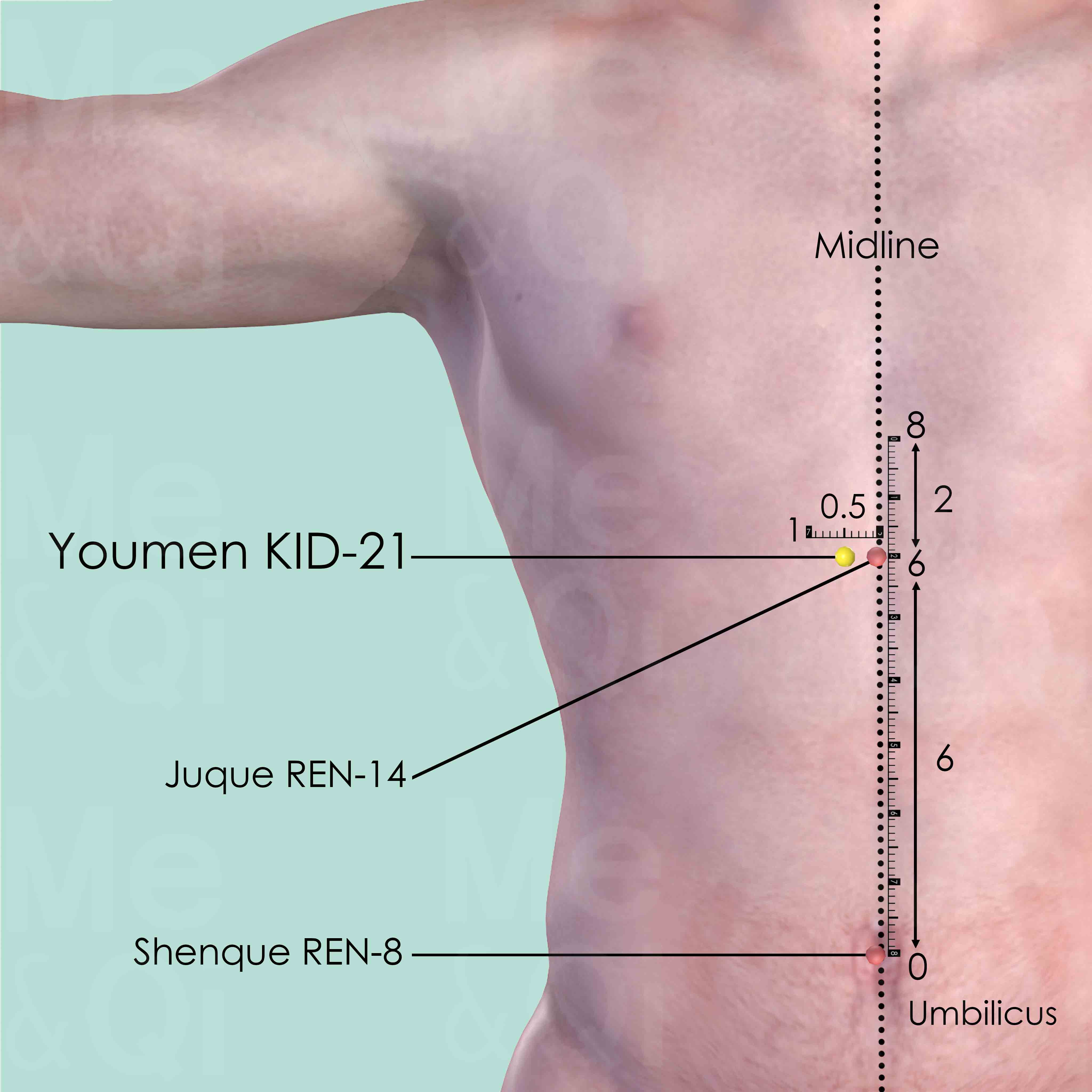
Youmen KID-21
6 cun above the umbilicus and 2 cun below the sternocostal angle, 0.5 cun lateral to the anterior midline.
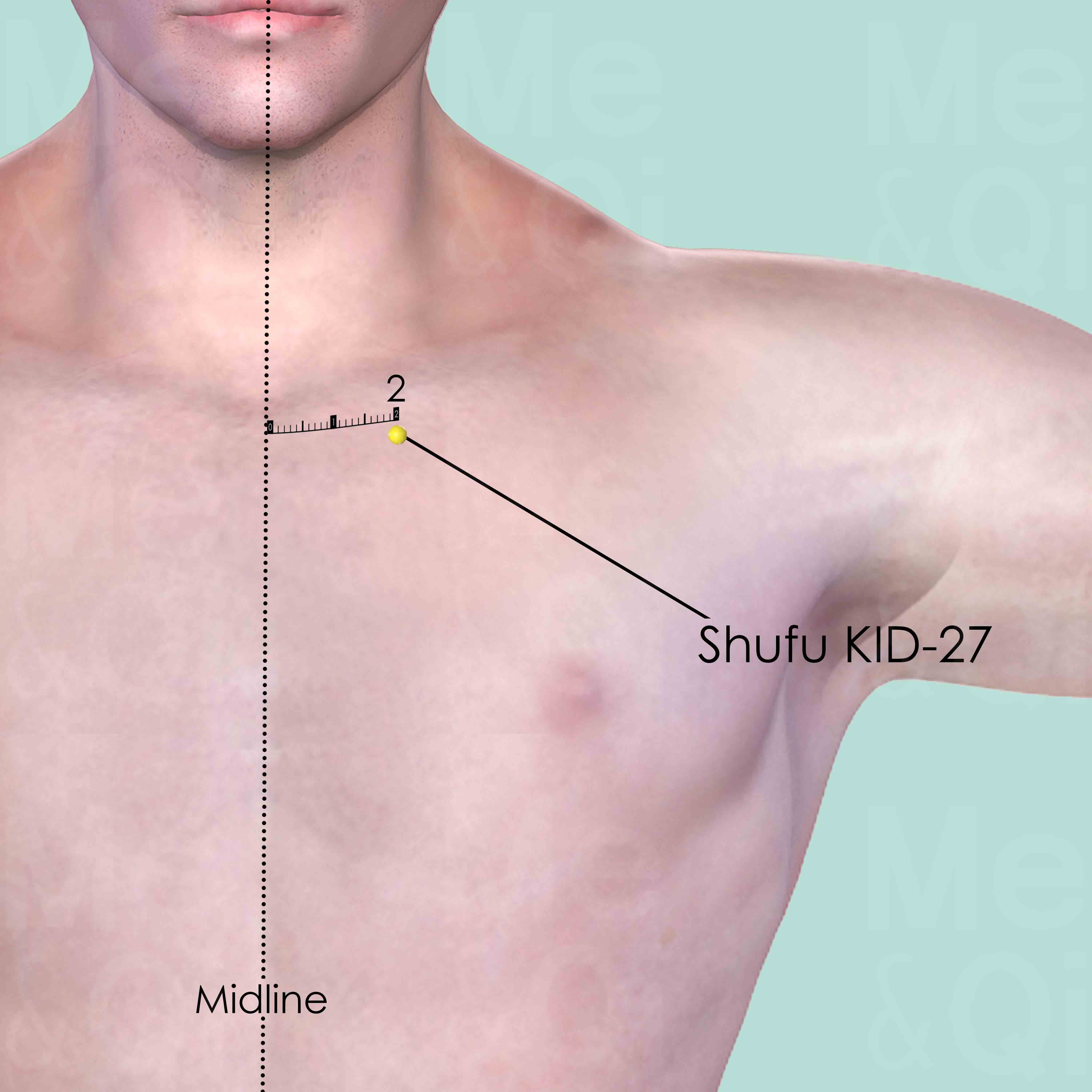
Shufu KID-27
In the depression on the lower border of the clavicle, 2 cun lateral to the anterior midline.
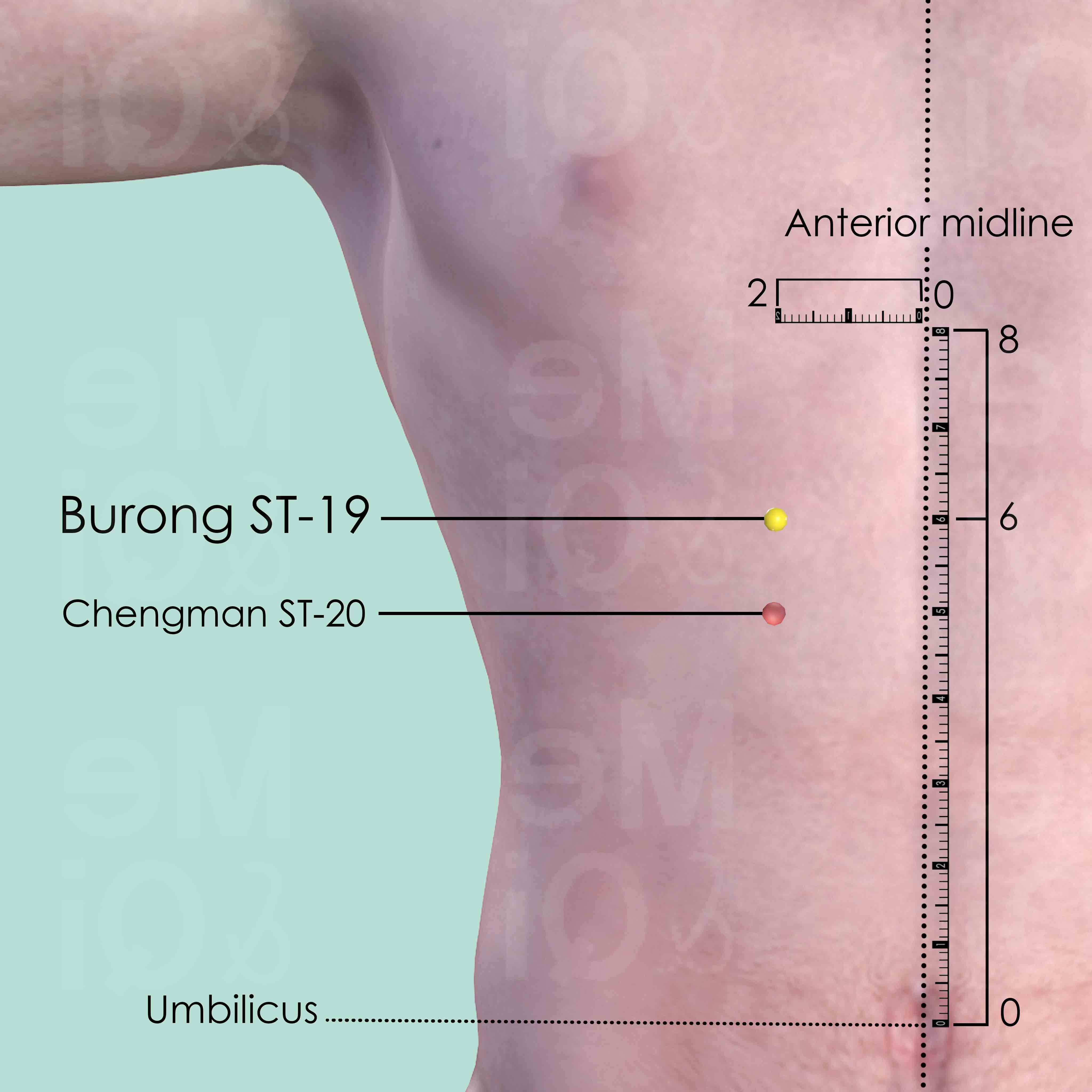
Burong ST-19
2 cun below the sternocostal angel and 6 cun above the umbilicus, 2 cun lateral to the anterior midline.
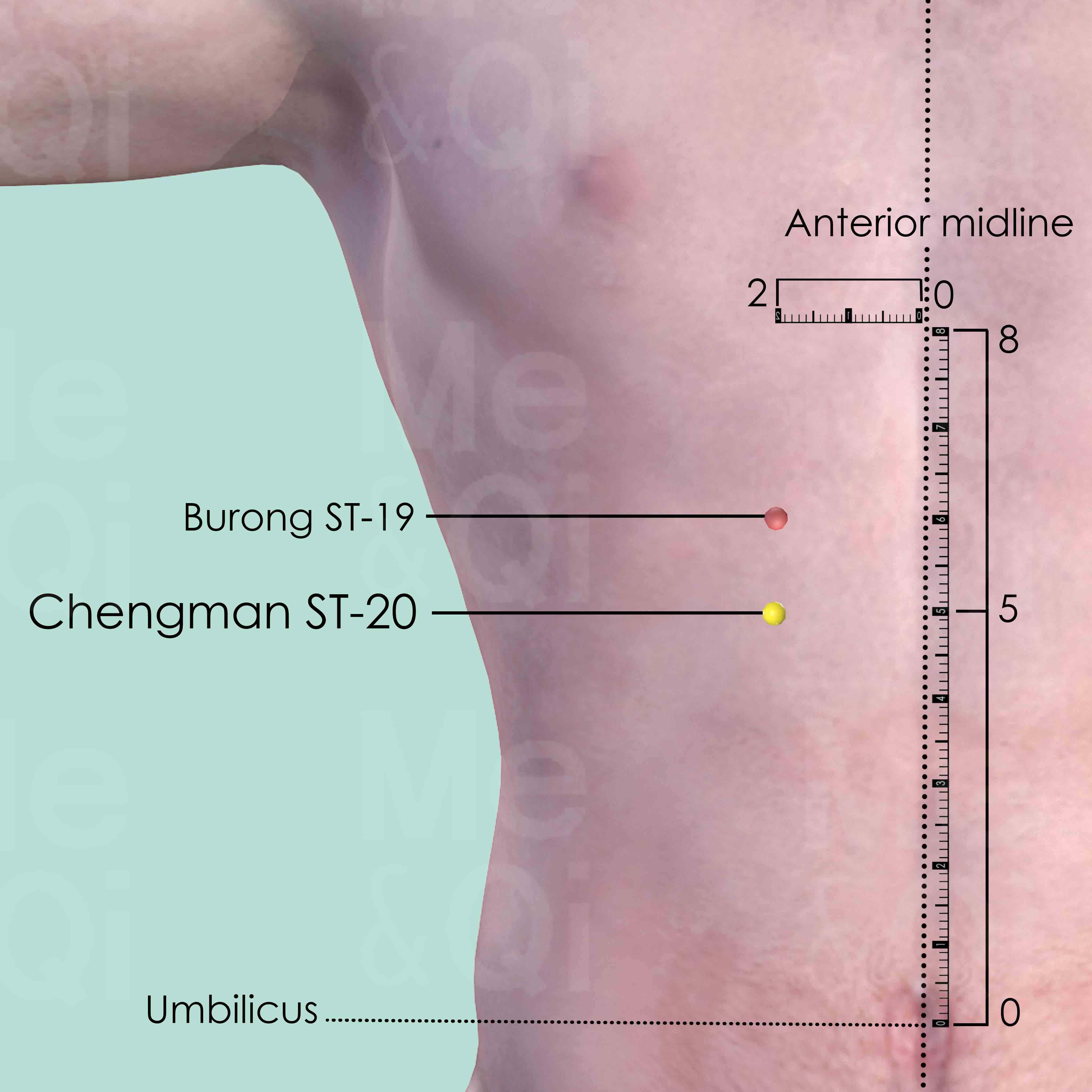
Chengman ST-20
5 cun above the umbilicus and 2 cun lateral to the anterior midline, or 1 cun below Burong ST-19.
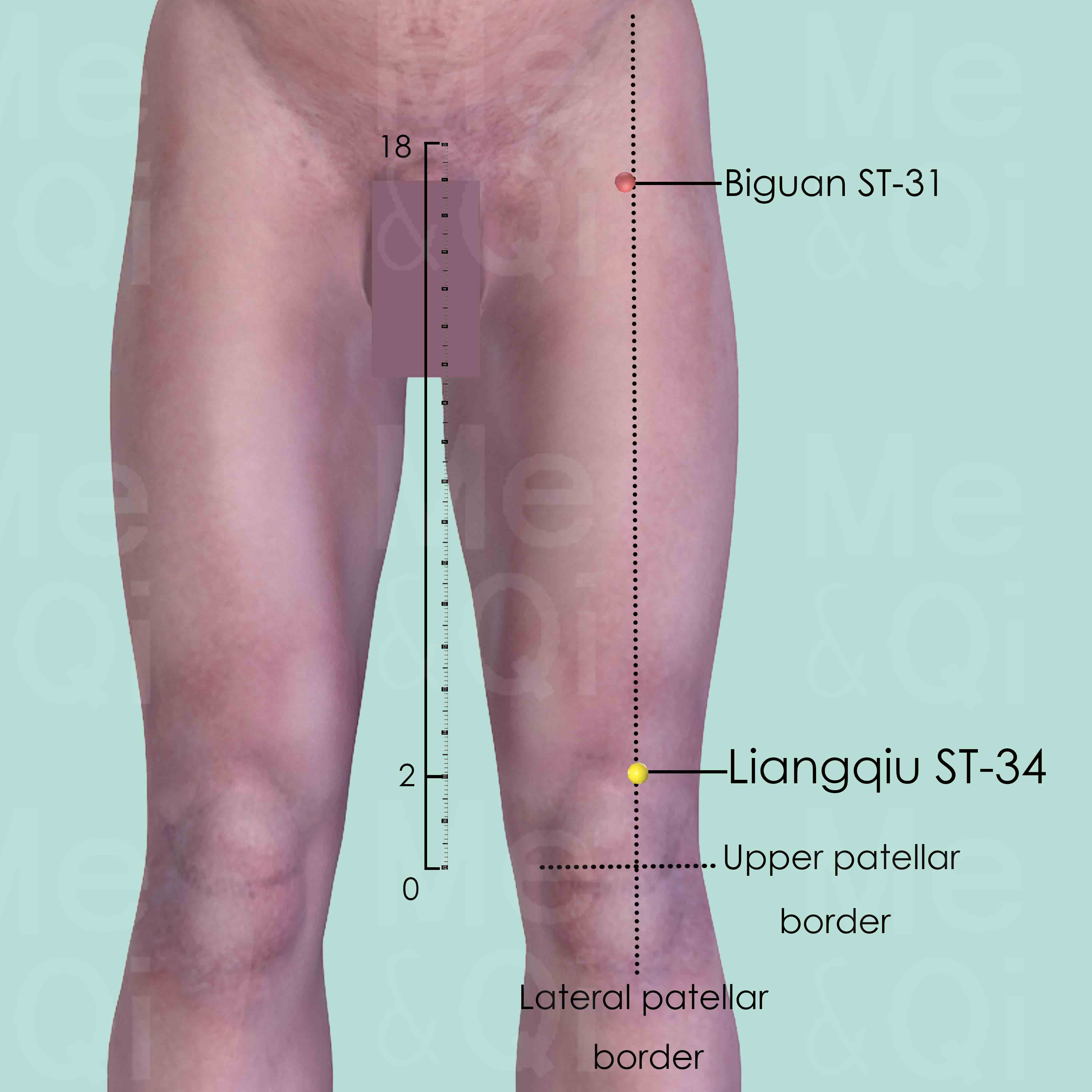
Liangqiu ST-34
2 cun above the upper-lateral border of the patella, on a line between the upper lateral patellar border and the anterior superior iliac spine (ASIS).
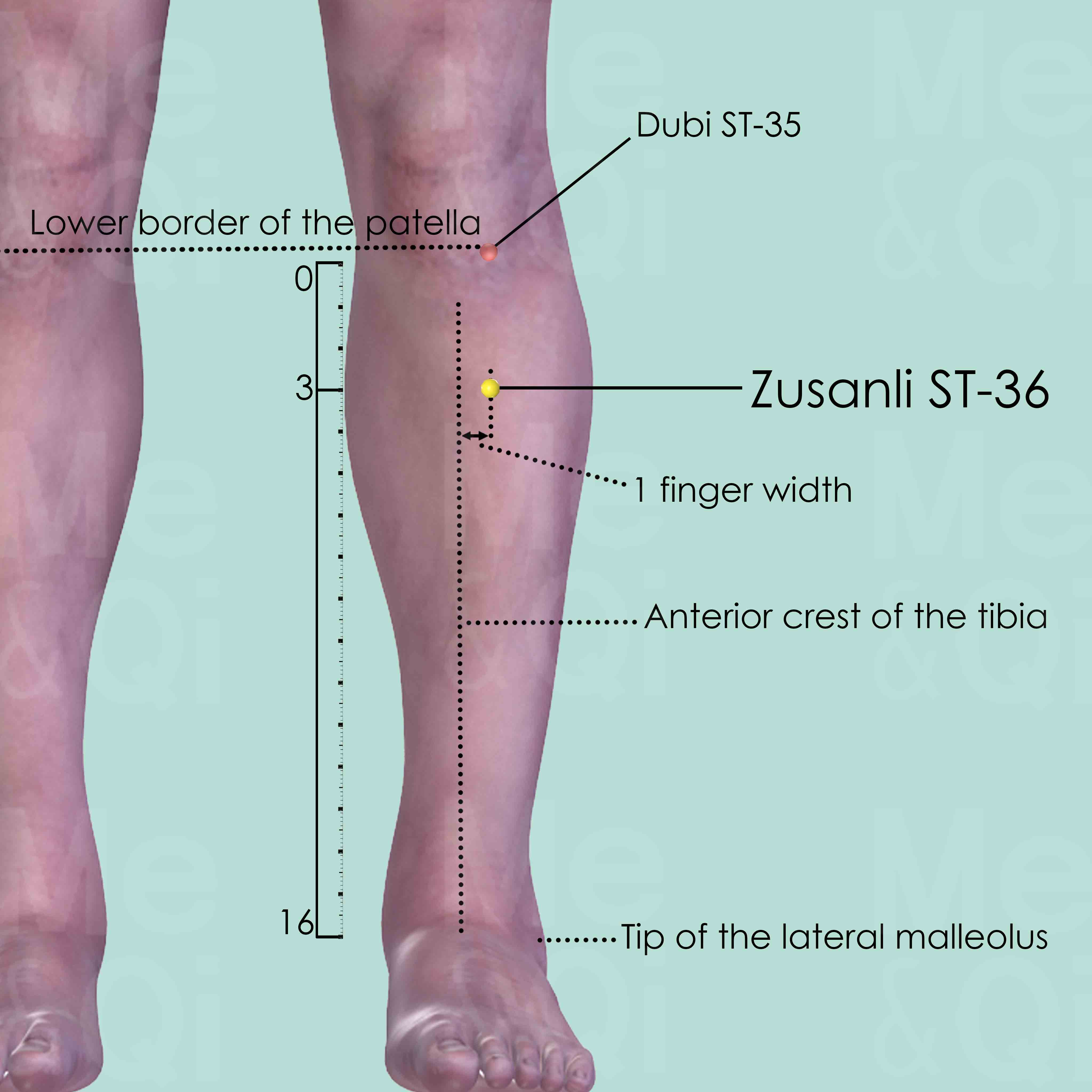
Zusanli ST-36
3 cun below Dubi ST-35, one finger breadth lateral to the anterior crest of the tibia, on the tibialis anterior muscle.
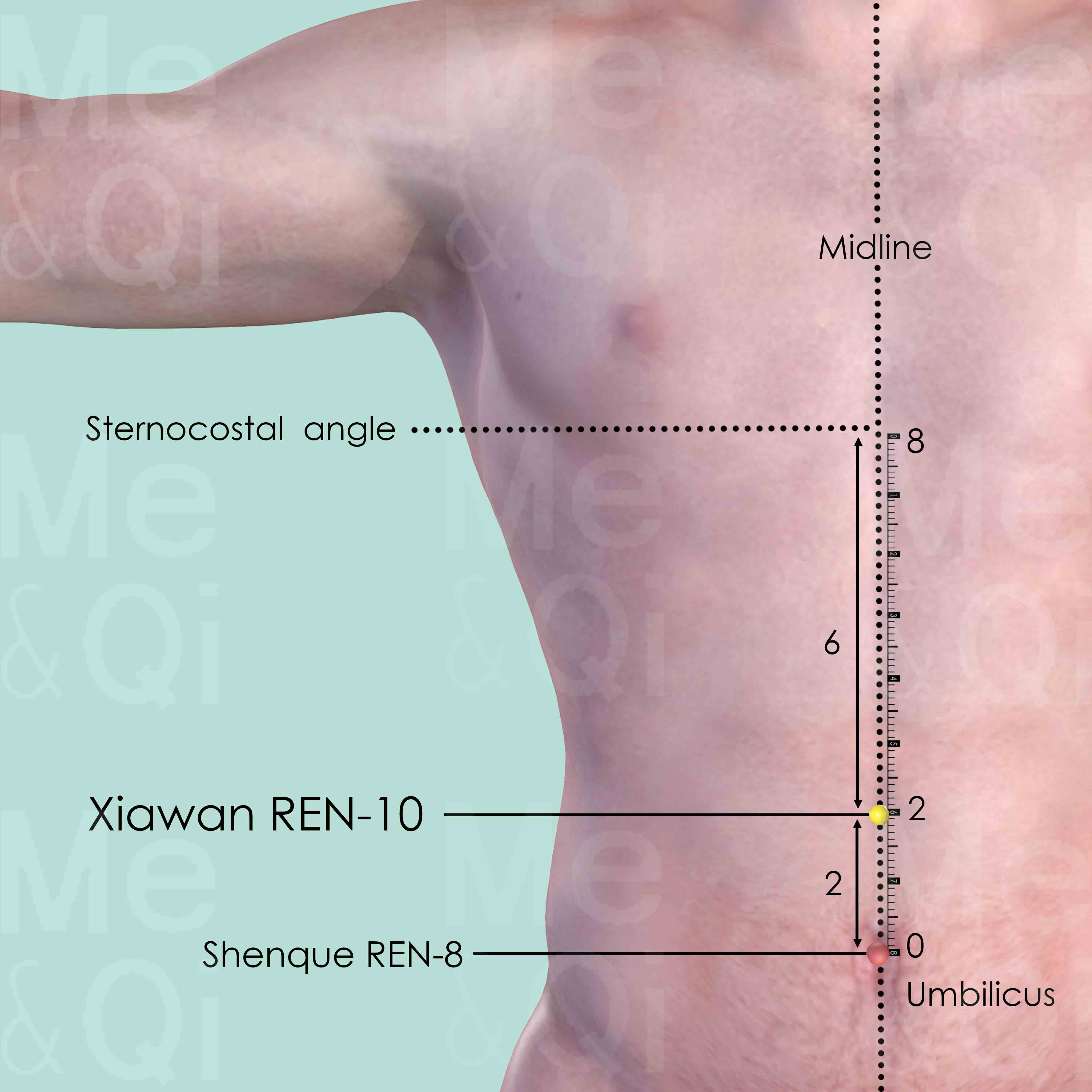
Xiawan REN-10
On the midline of the abdomen, 2 cun above the umbilicus and 6 cun below the sternocostal angle.
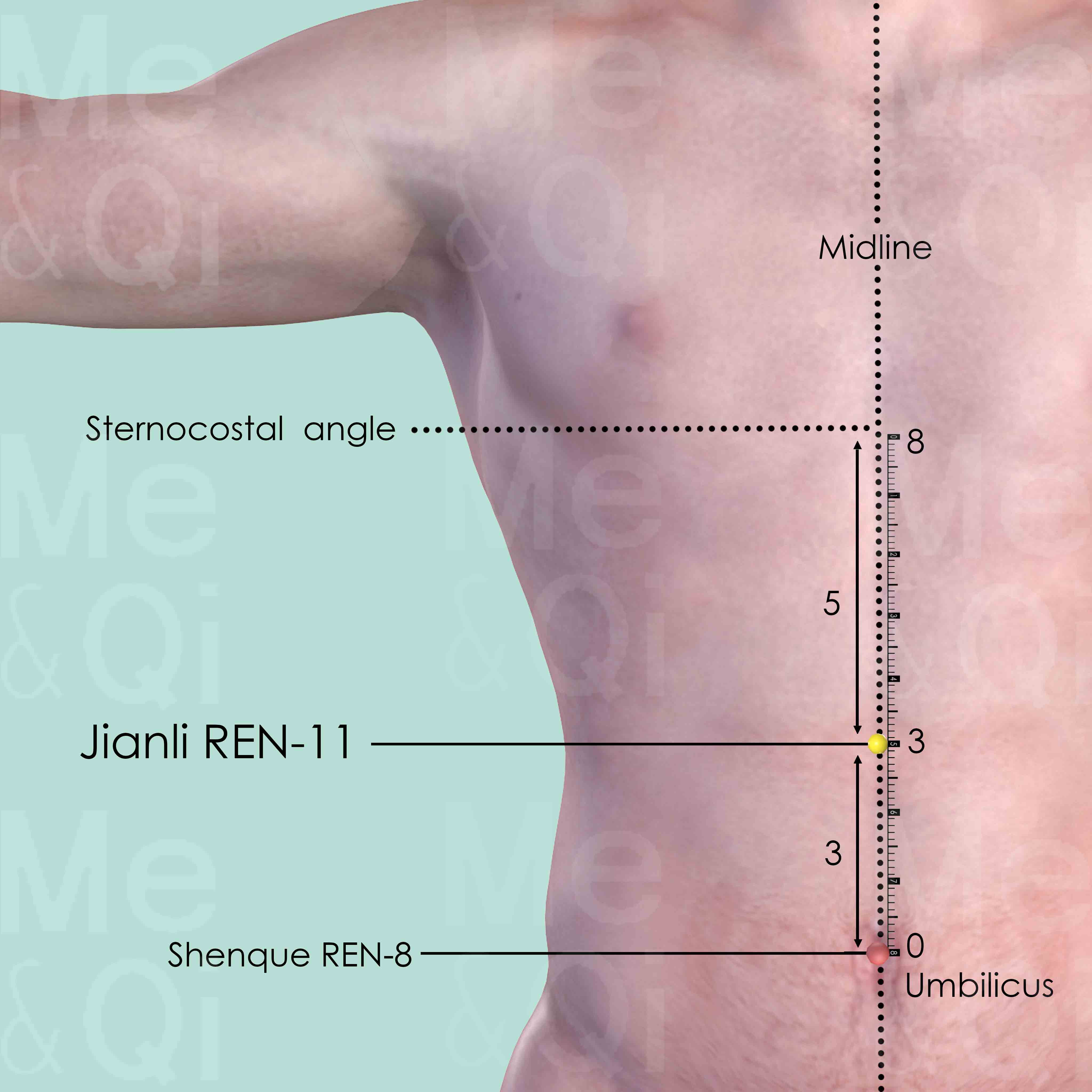
Jianli REN-11
On the midline of the abdomen, 3 cun above the umbilicus and 5 cun below the sternocostal angle.
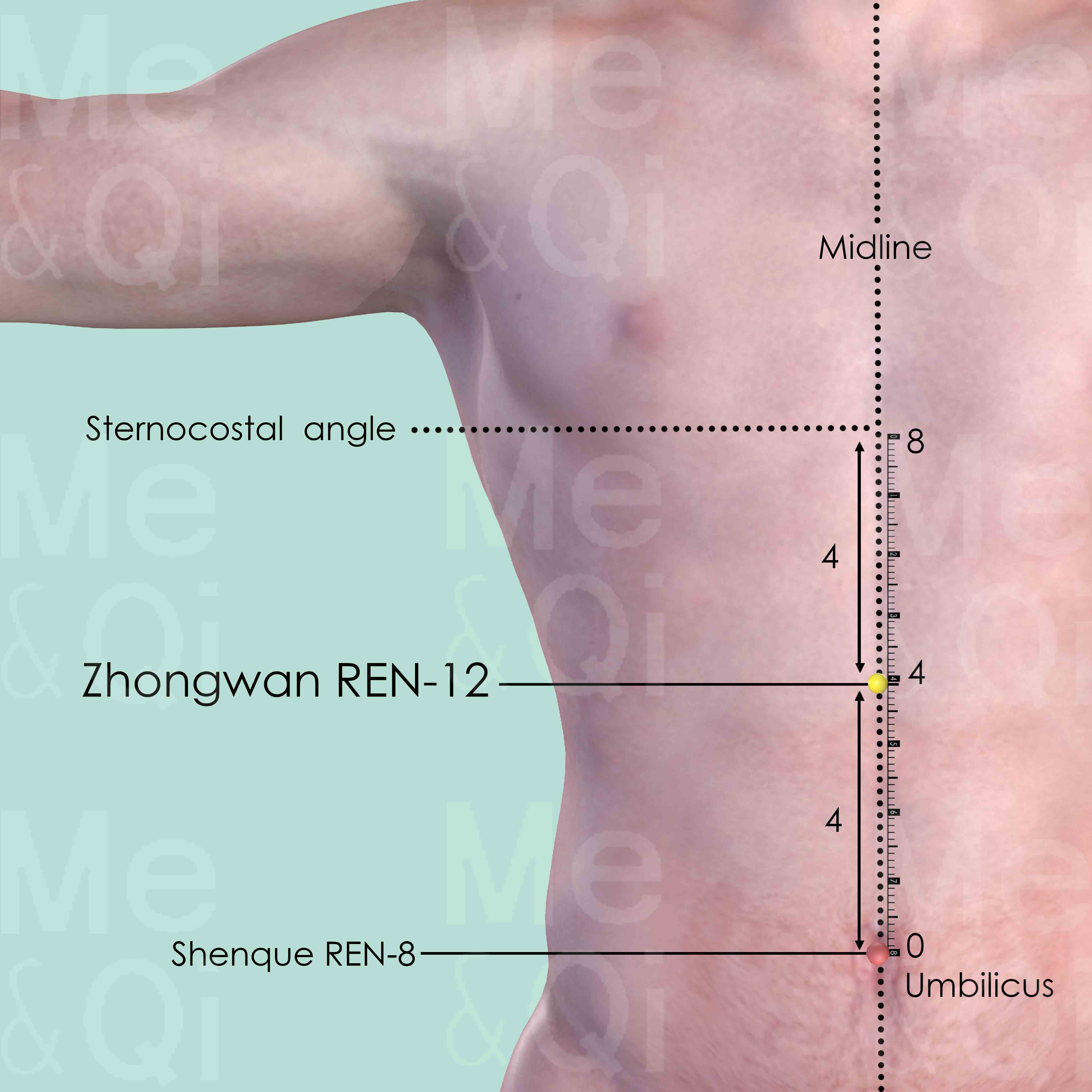
Zhongwan REN-12
On the midline of the abdomen, 4 cun above the umbilicus and 4 cun below the sternocostal angle.
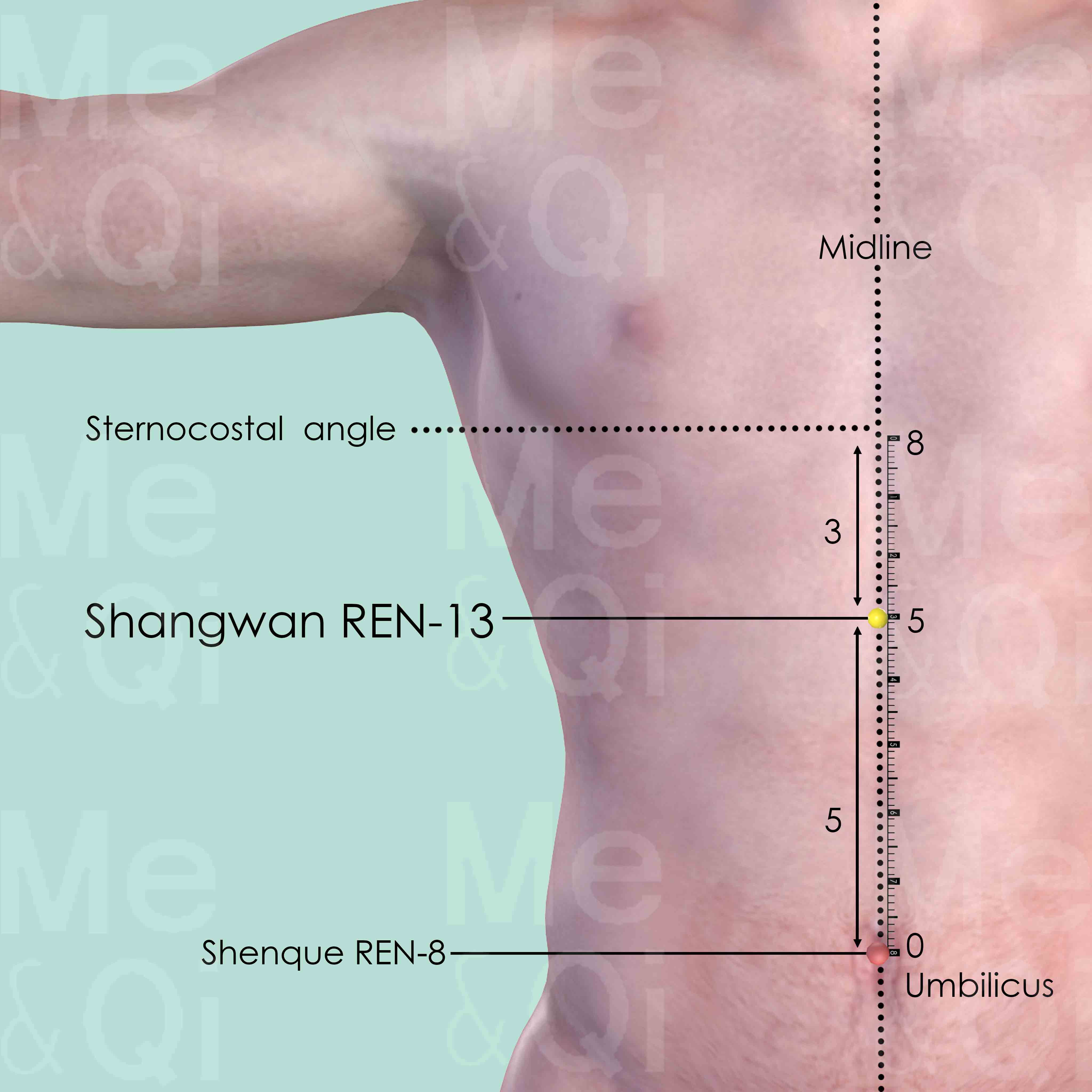
Shangwan REN-13
On the midline of the abdomen, 5 cun above the umbilicus and 3 cun below the sternocostal angle.
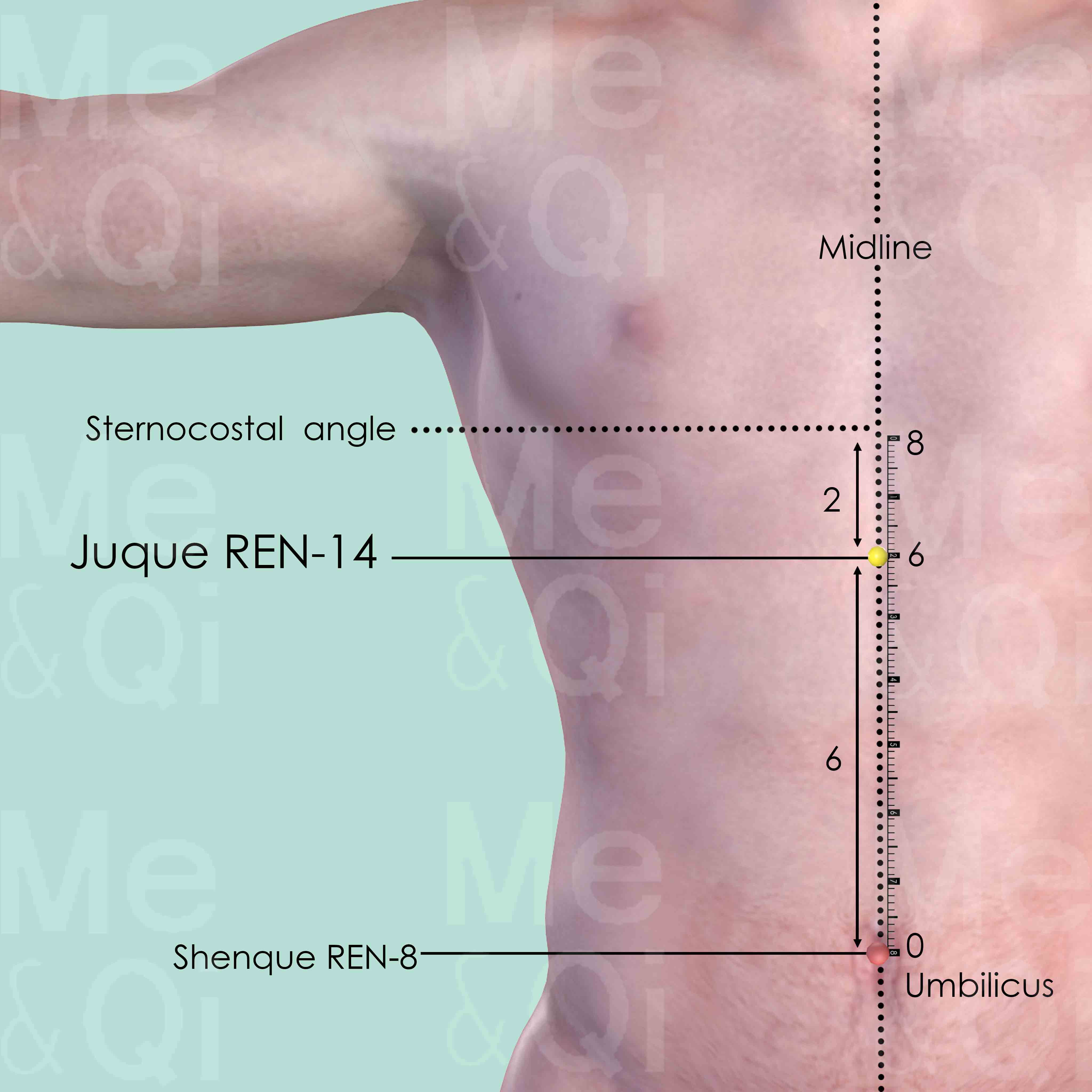
Juque REN-14
On the midline of the abdomen, 6 cun above the umbilicus and 2 cun below the sternocostal angle.
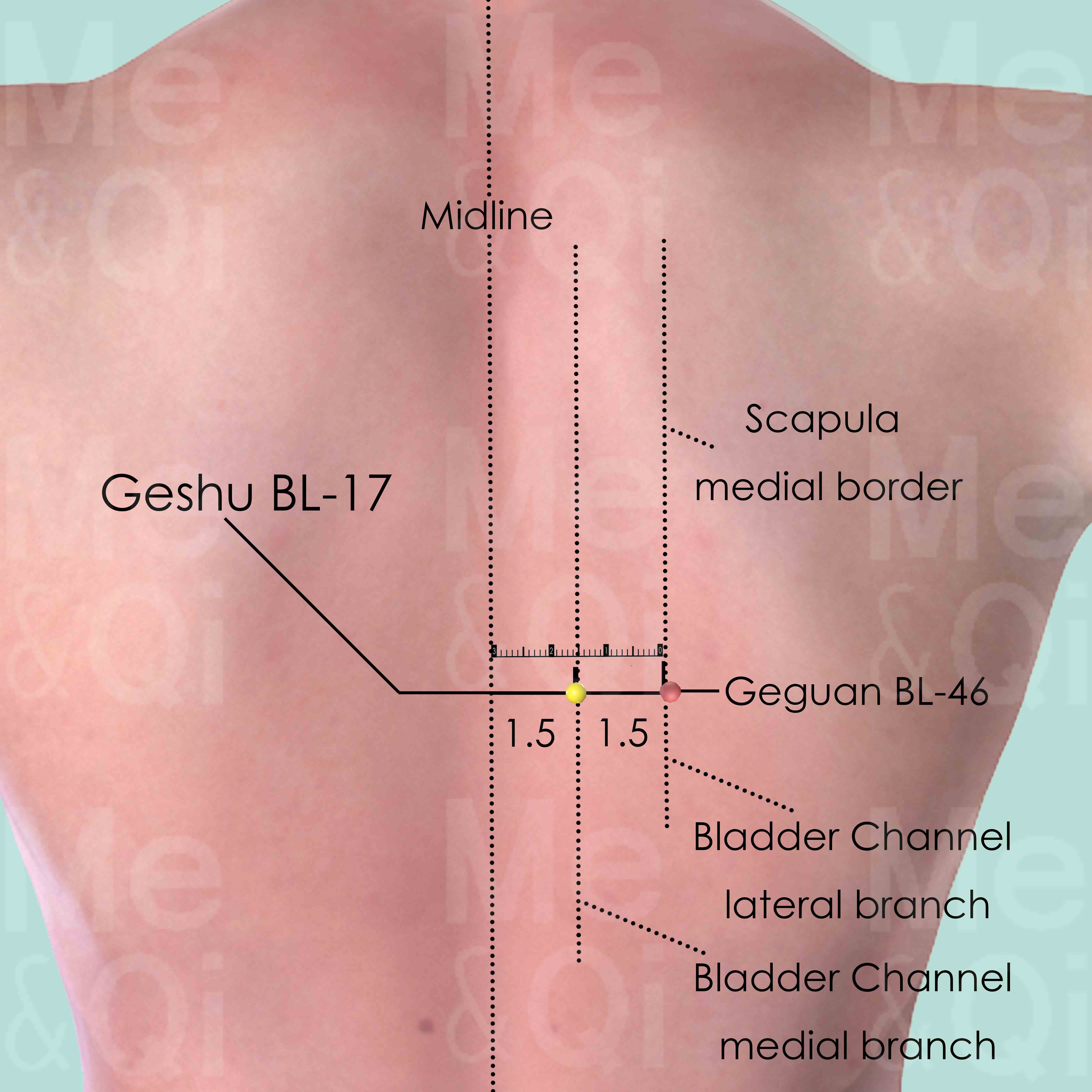
Geshu BL-17
1.5 cun lateral to the lower border of the spinous process of the 7th thoracic vertebra (T7).
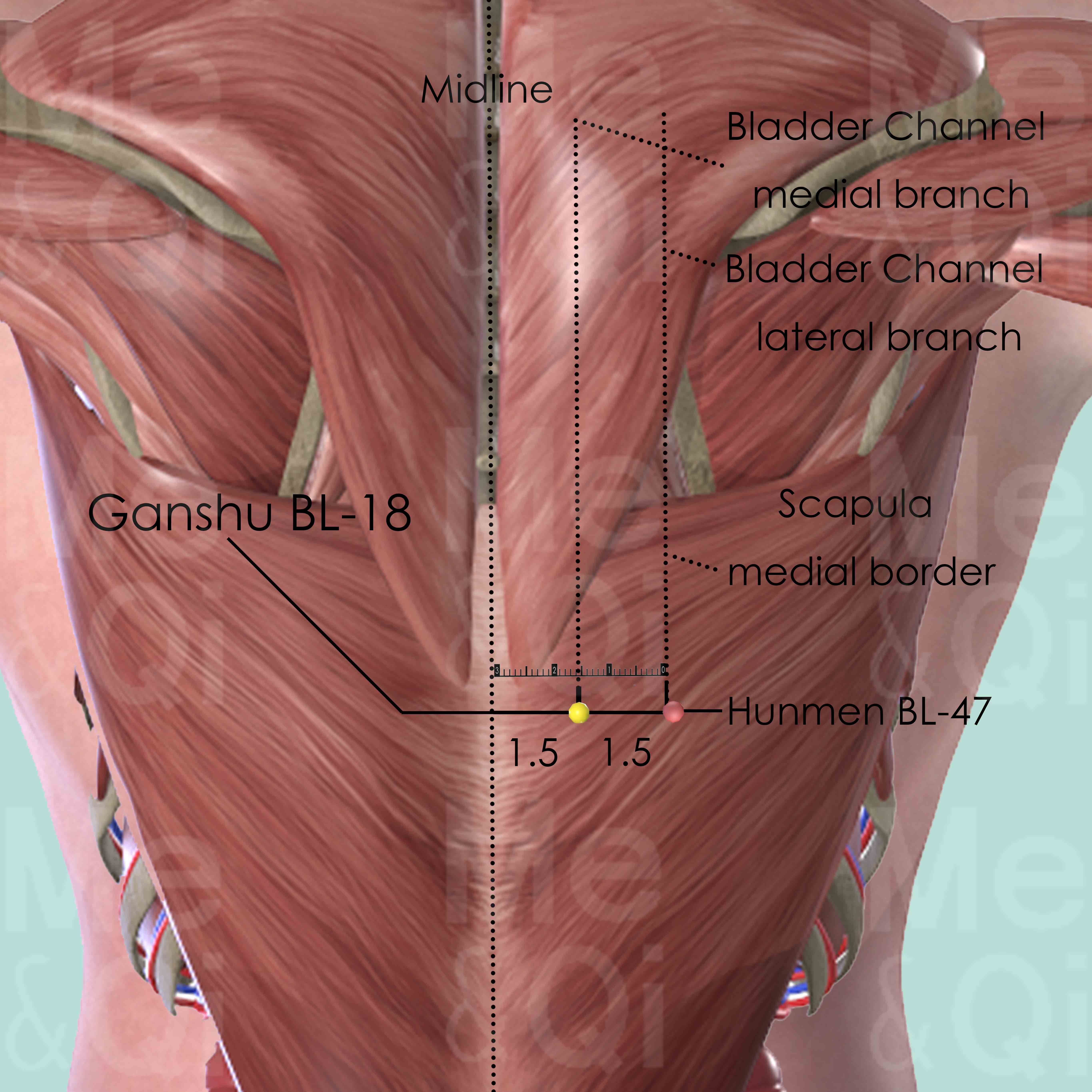
Ganshu BL-18
1.5 cun lateral to the lower border of the spinous process of the 9th thoracic vertebra (T9).
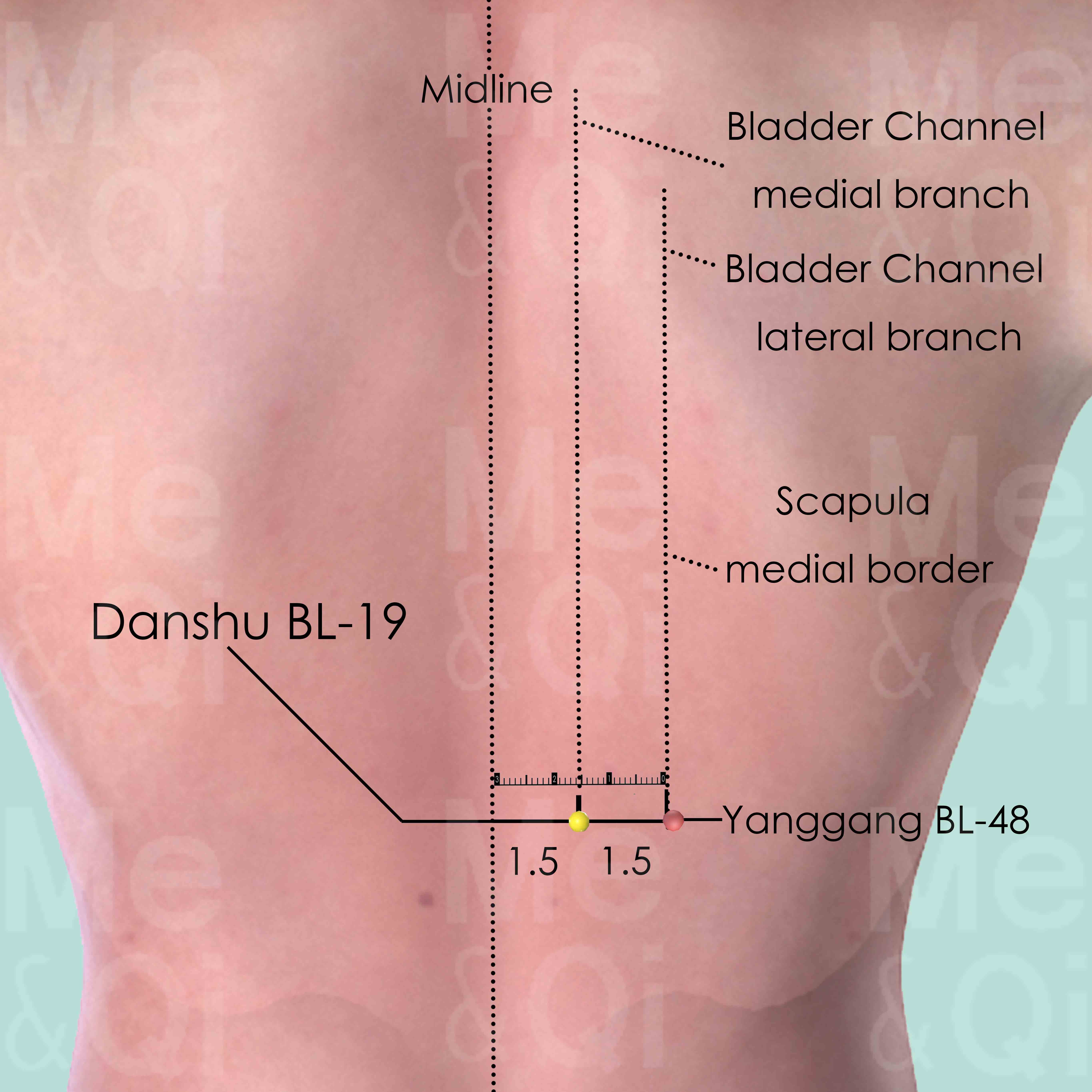
Danshu BL-19
1.5 cun lateral to the lower border of the spinous process of the 10th thoracic vertebra (T10).
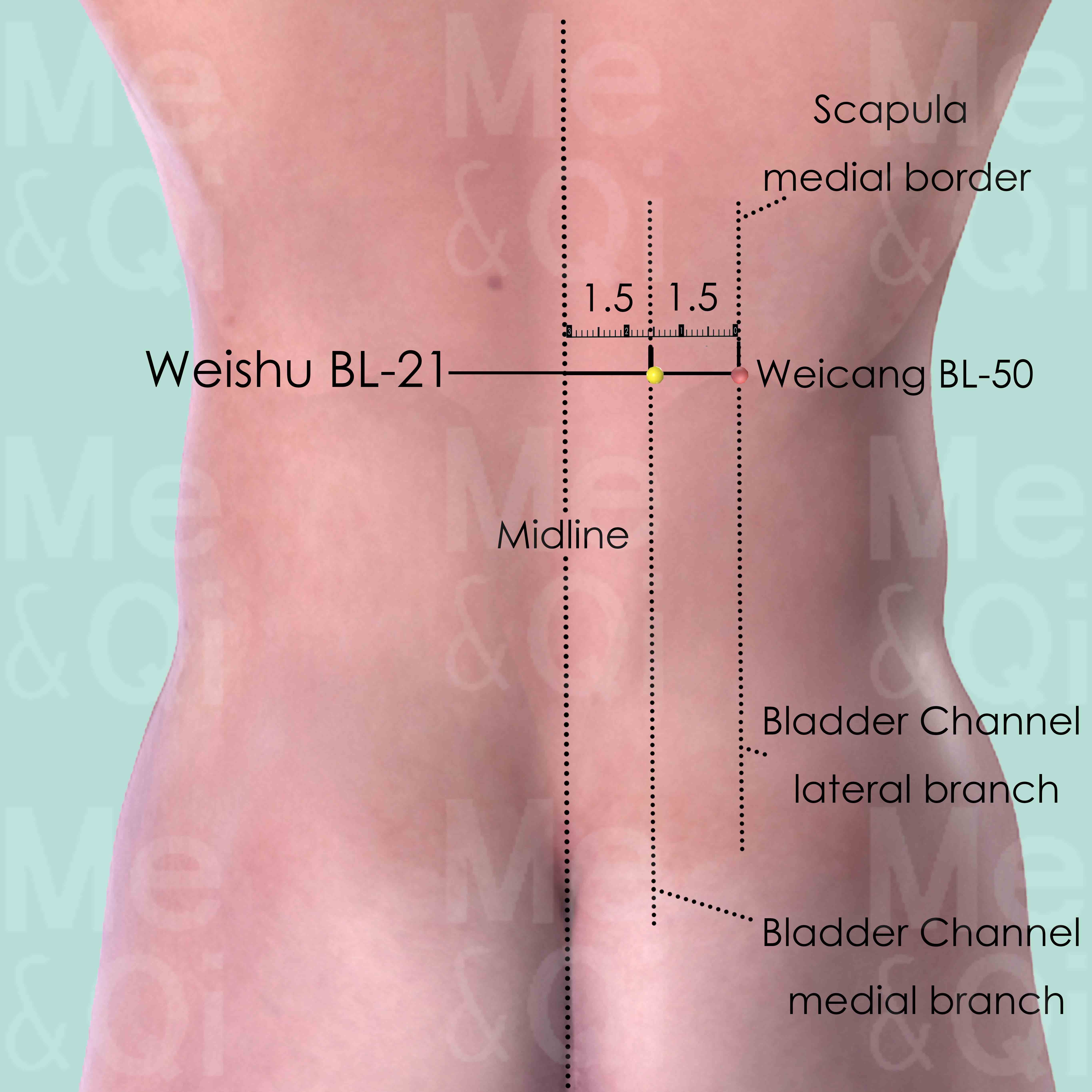
Weishu BL-21
1.5 cun lateral to the lower border of the spinous process of the 12th thoracic vertebra (T12).
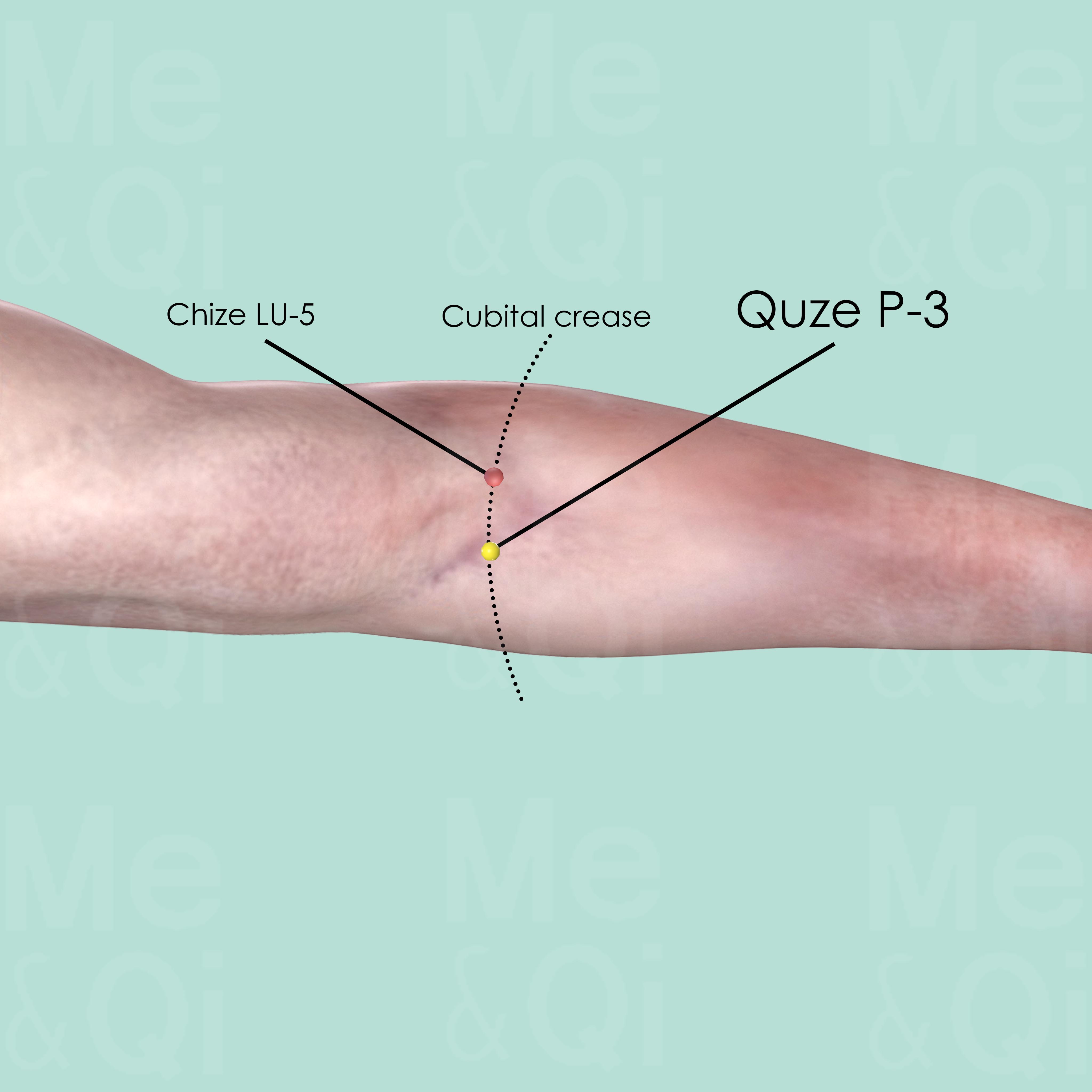
Quze P-3
On the transverse cubital crease, at the ulnar side of the tendon of biceps brachii muscle.
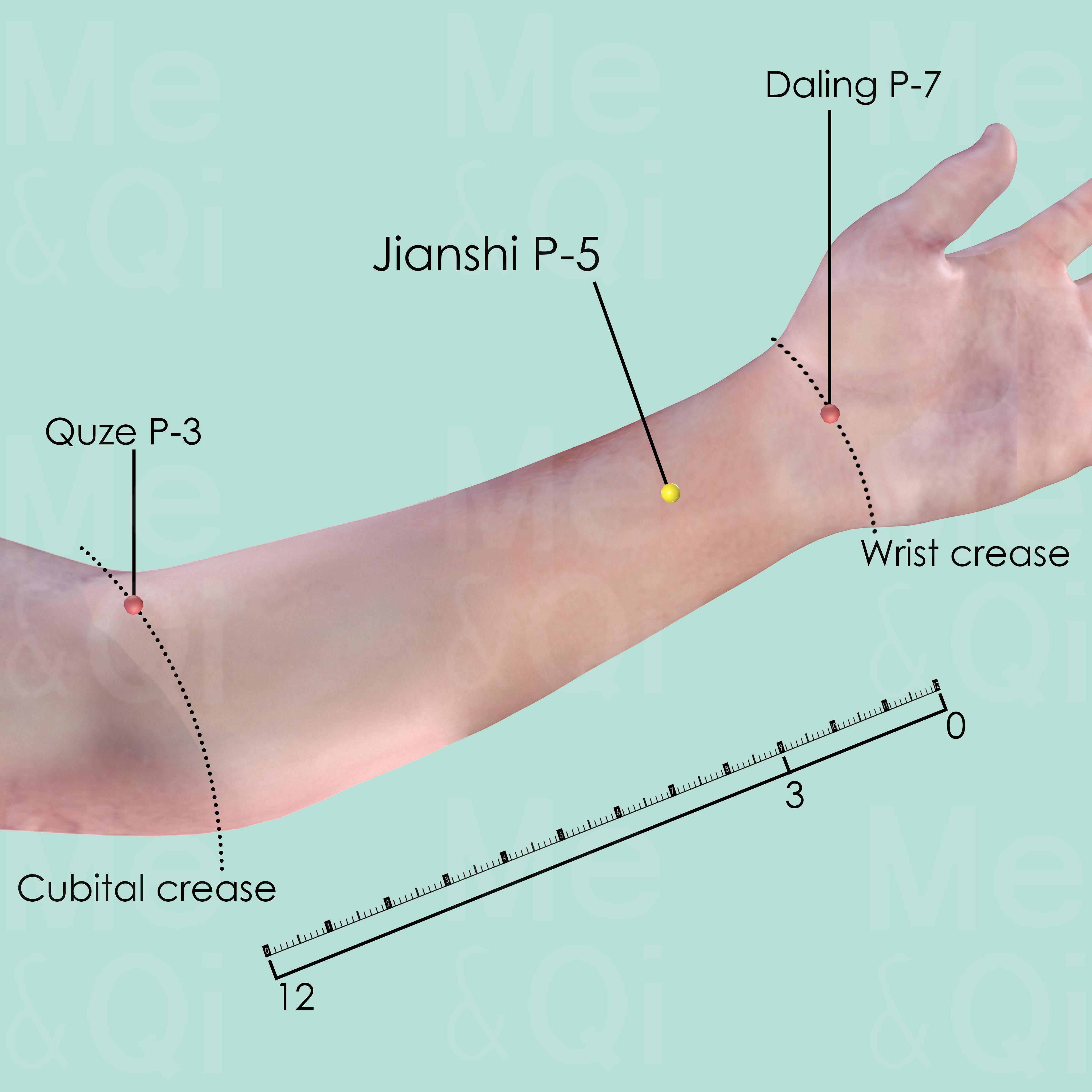
Jianshi P-5
3 cun above the transverse crease of the wrist, between the tendons of palmaris longus and flexor carpi radialis muscle.
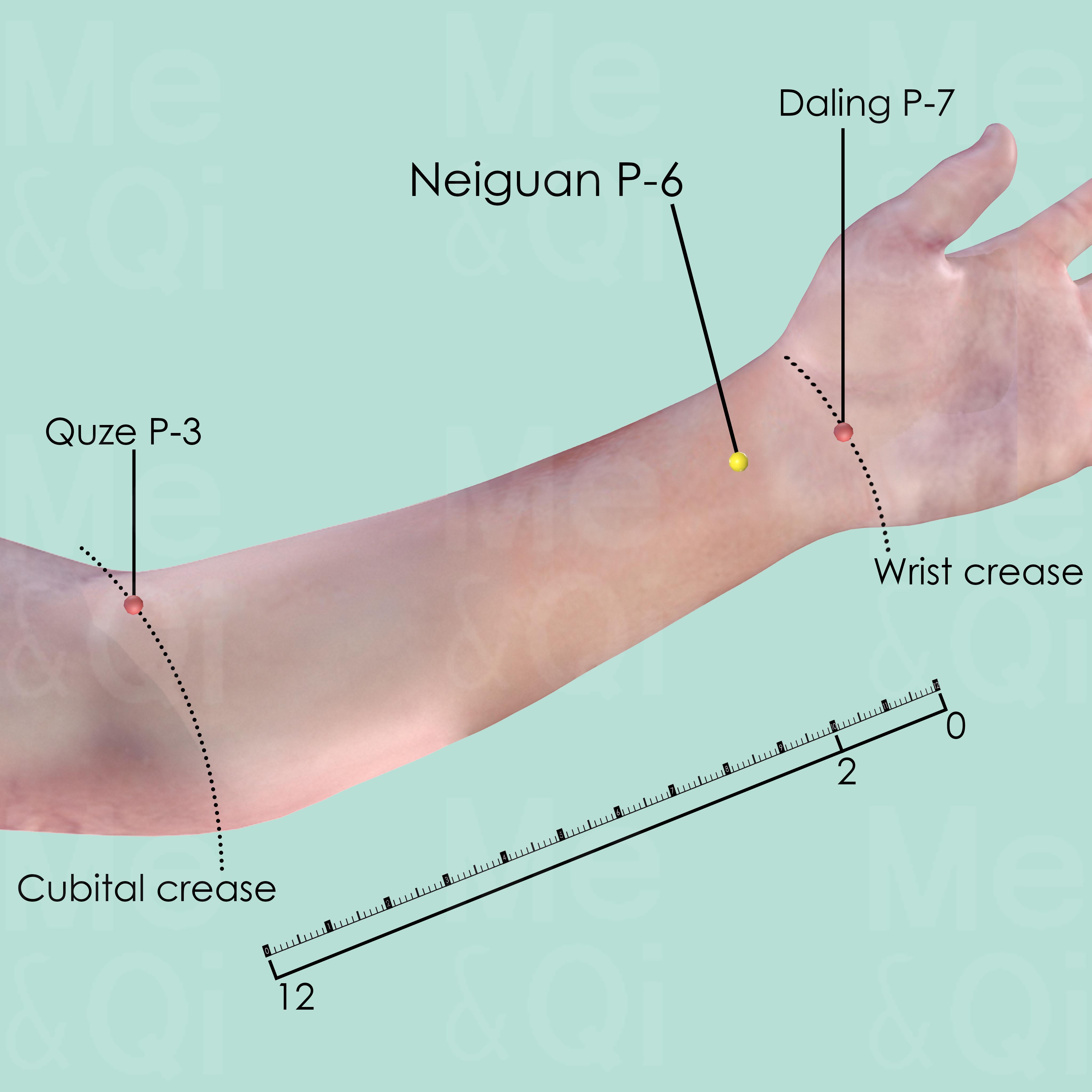
Neiguan P-6
2 cun above Daling P-7 on the transverse crease of the wrist, between the tendons of palmaris longus and flexor carpi radialis muscle.
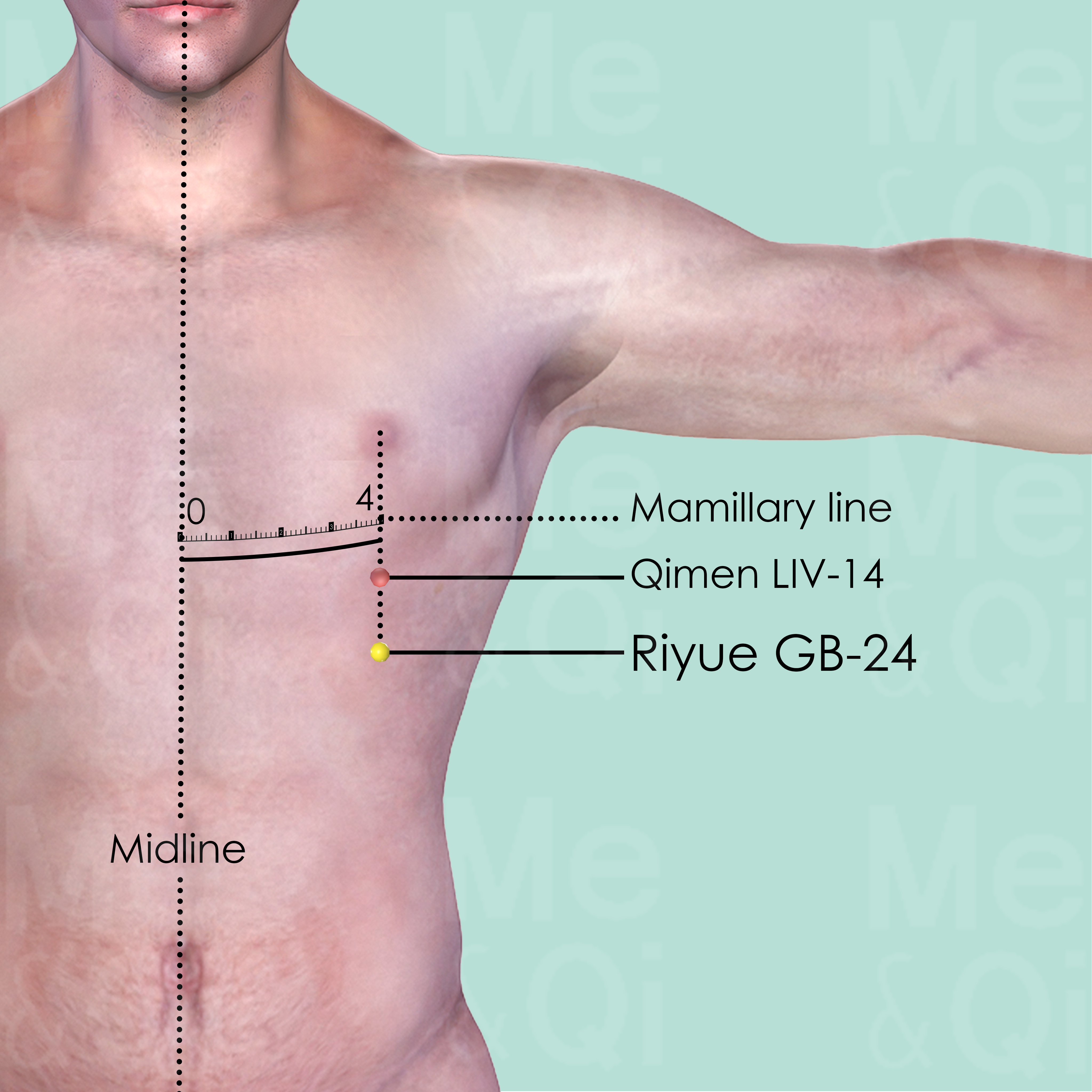
Riyue GB-24
On the mamillary line which is 4 cun lateral to the anterior midline, in the 7th intercostal space, 1 intercostal space below Qimen LIV-14.
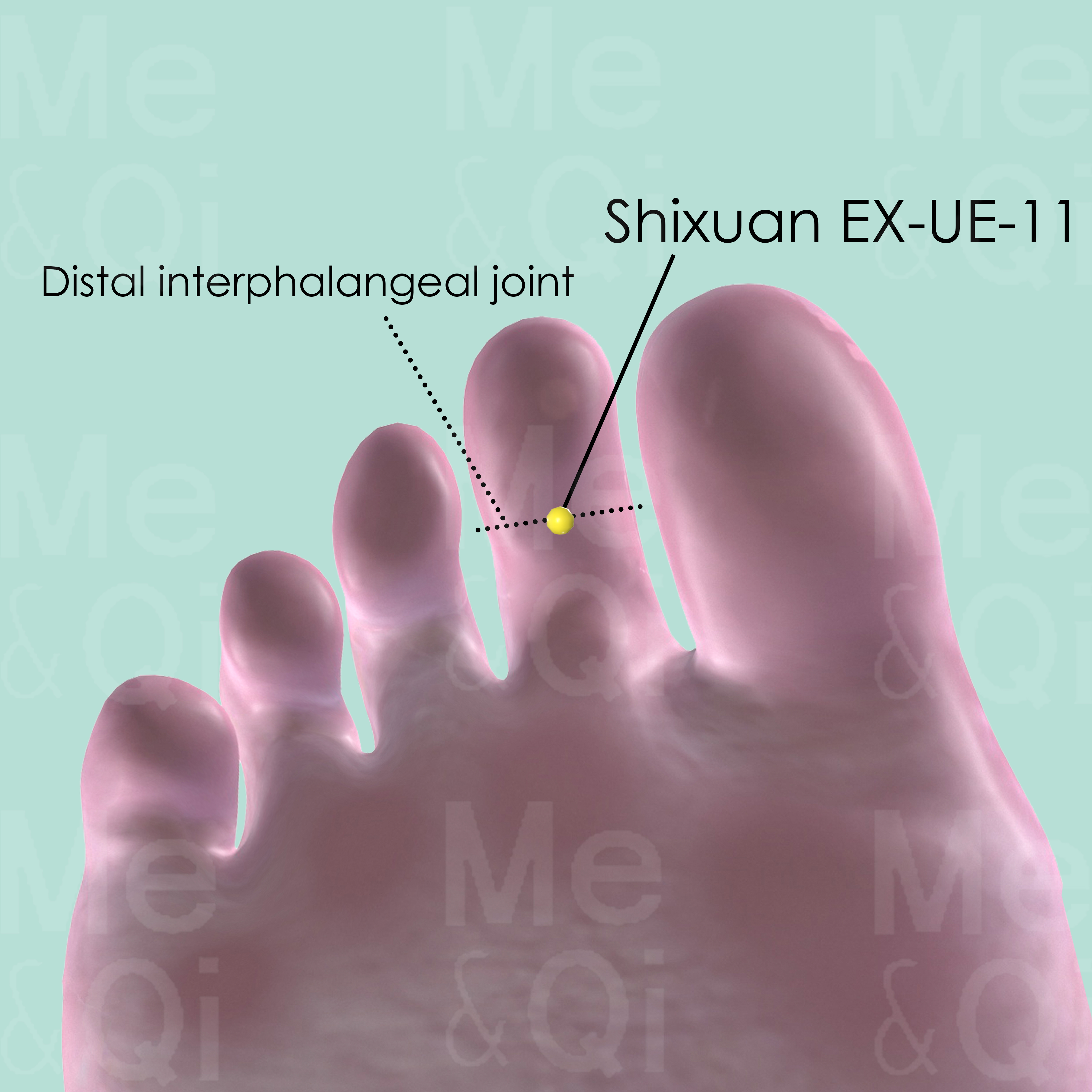
Duyin EX-LE-11
On the plantar aspect of the 2nd toe, at the midpoint of the transverse crease of the distal interphalangeal joint.
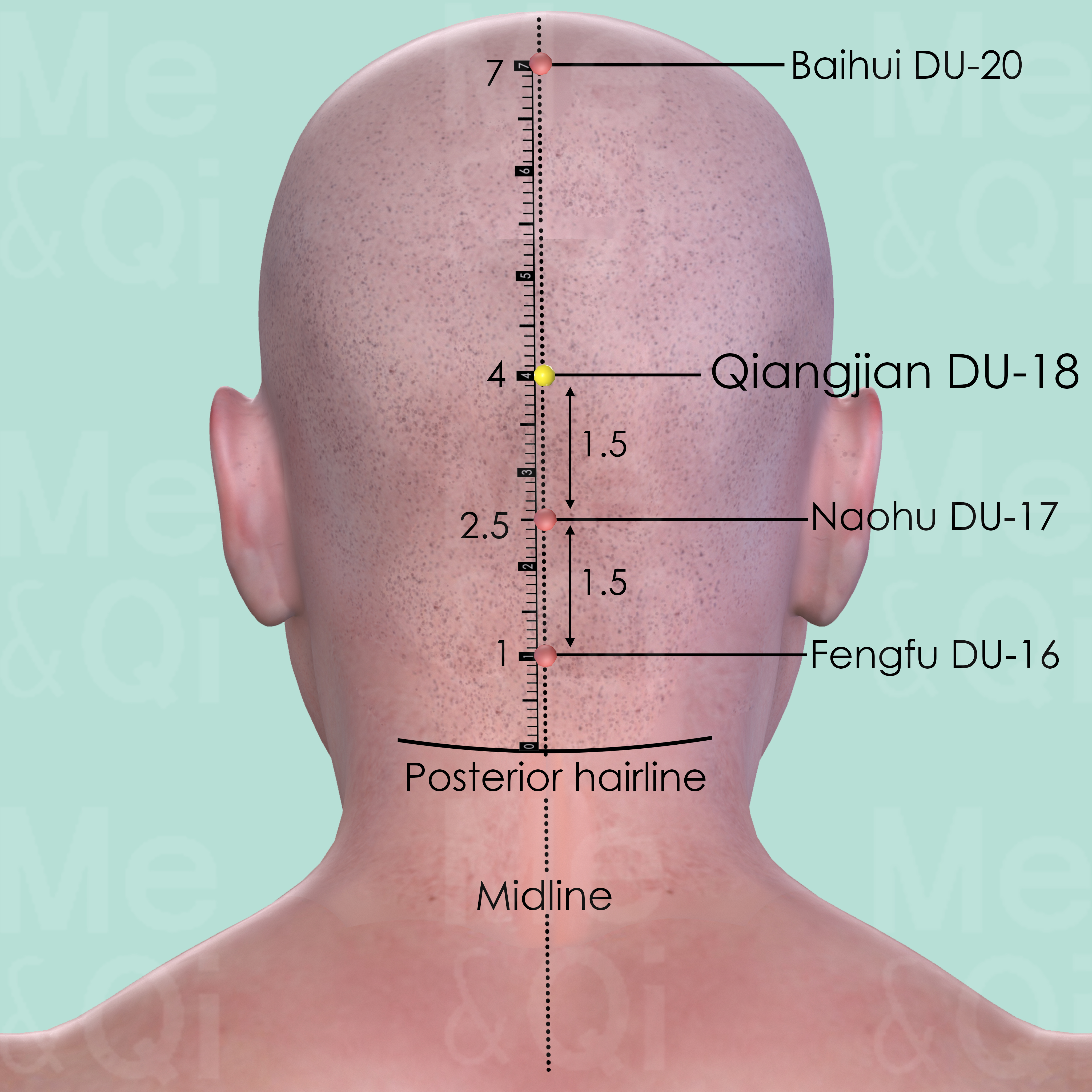
Qiangjian DU-18
On the posterior midline, 1.5 cun above Naohu DU-17, midway between Fengfu DU-16 and Baihui DU-20.
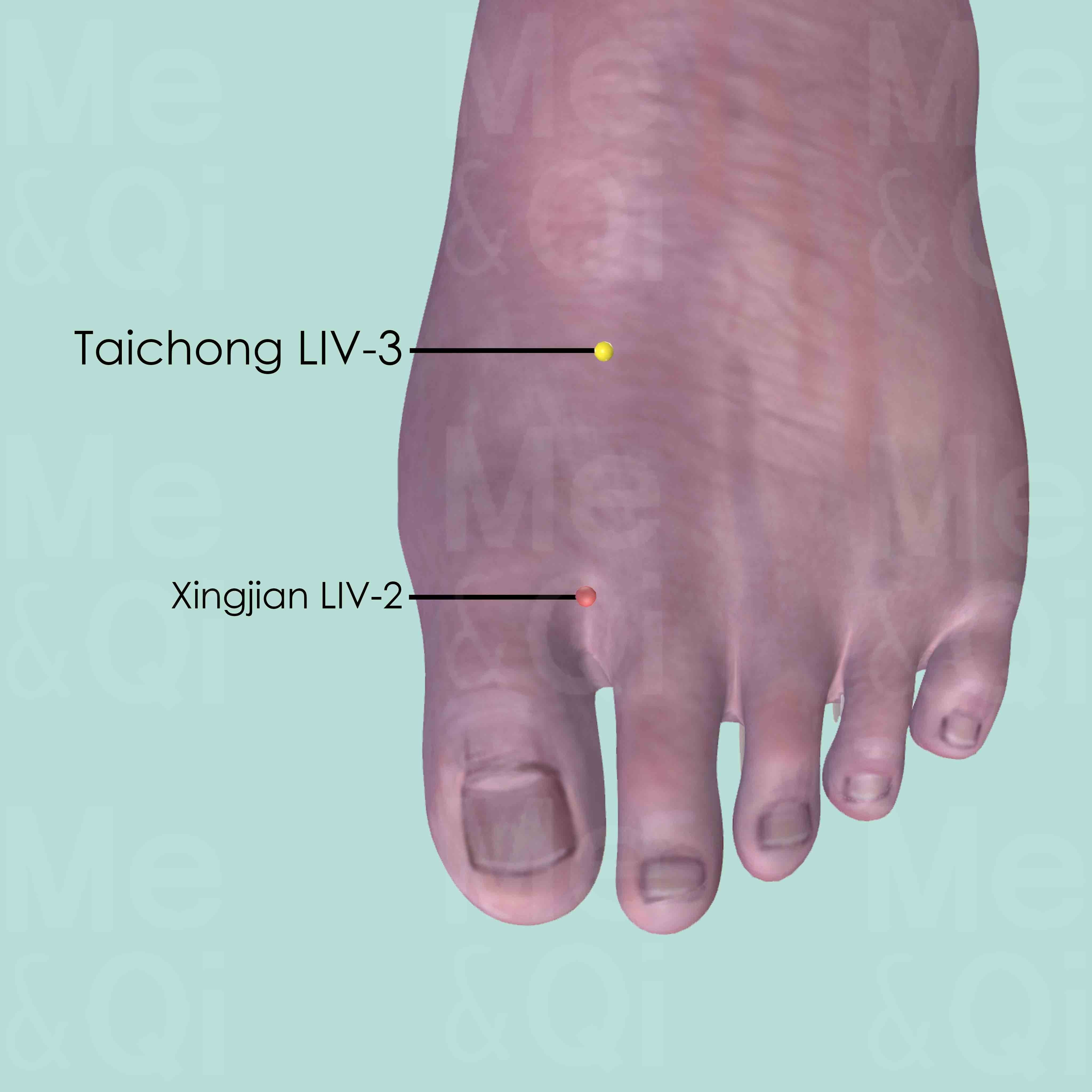
Taichong LIV-3
On the dorsum of the foot, between the 1st and 2nd metatarsal bones, in the depression proximal to the metatarsophalangeal joints and the proximal angle between the two bones.

